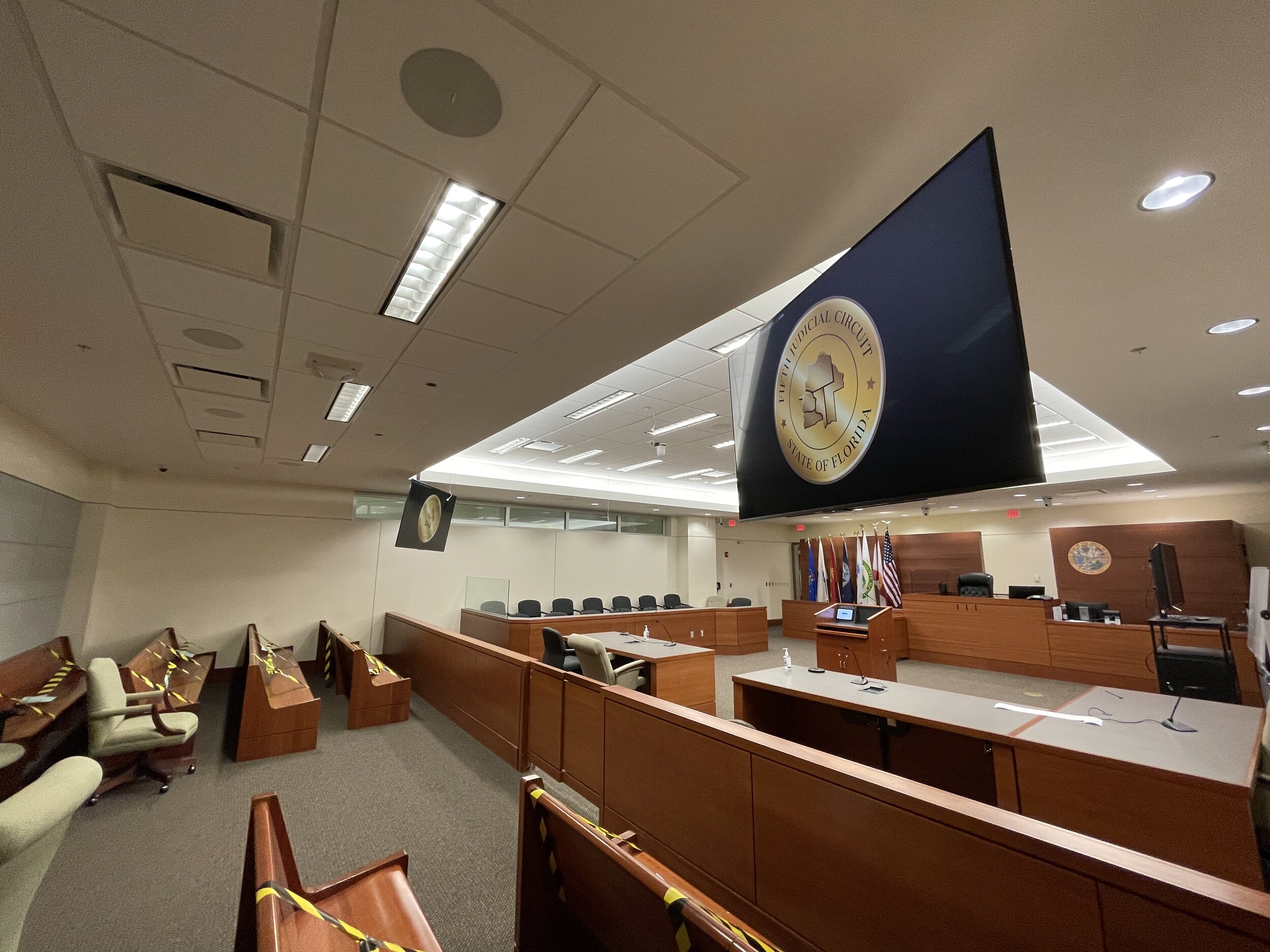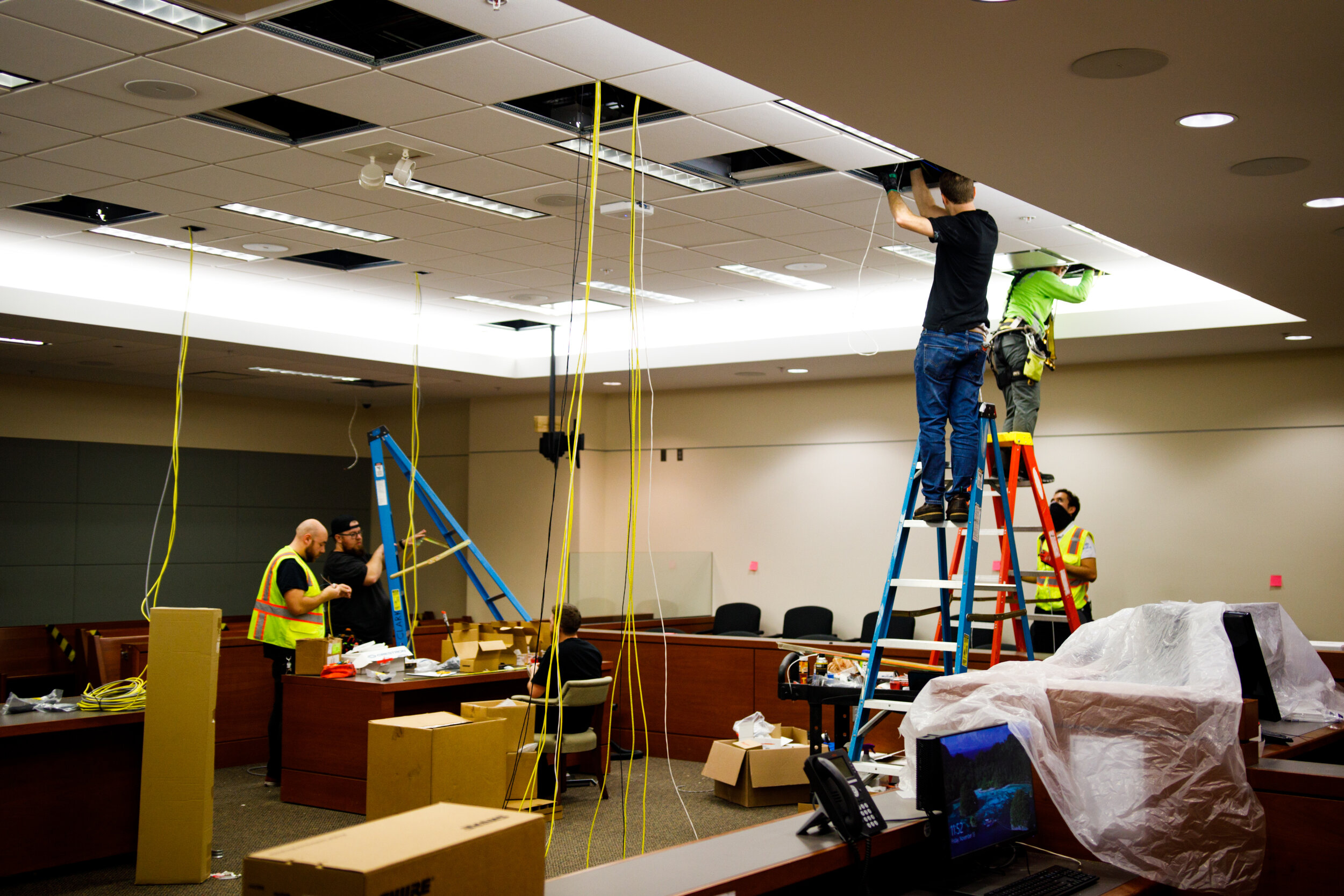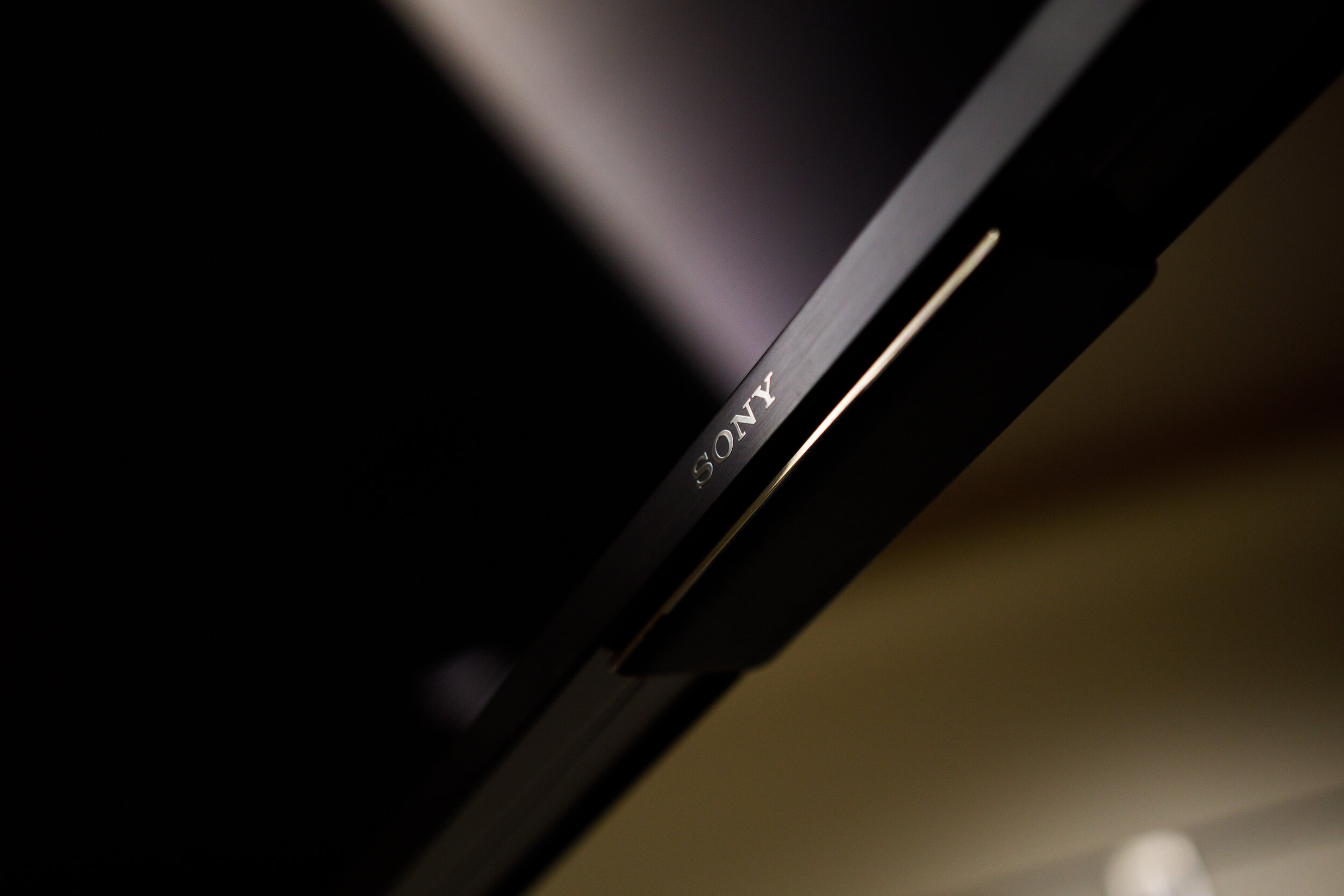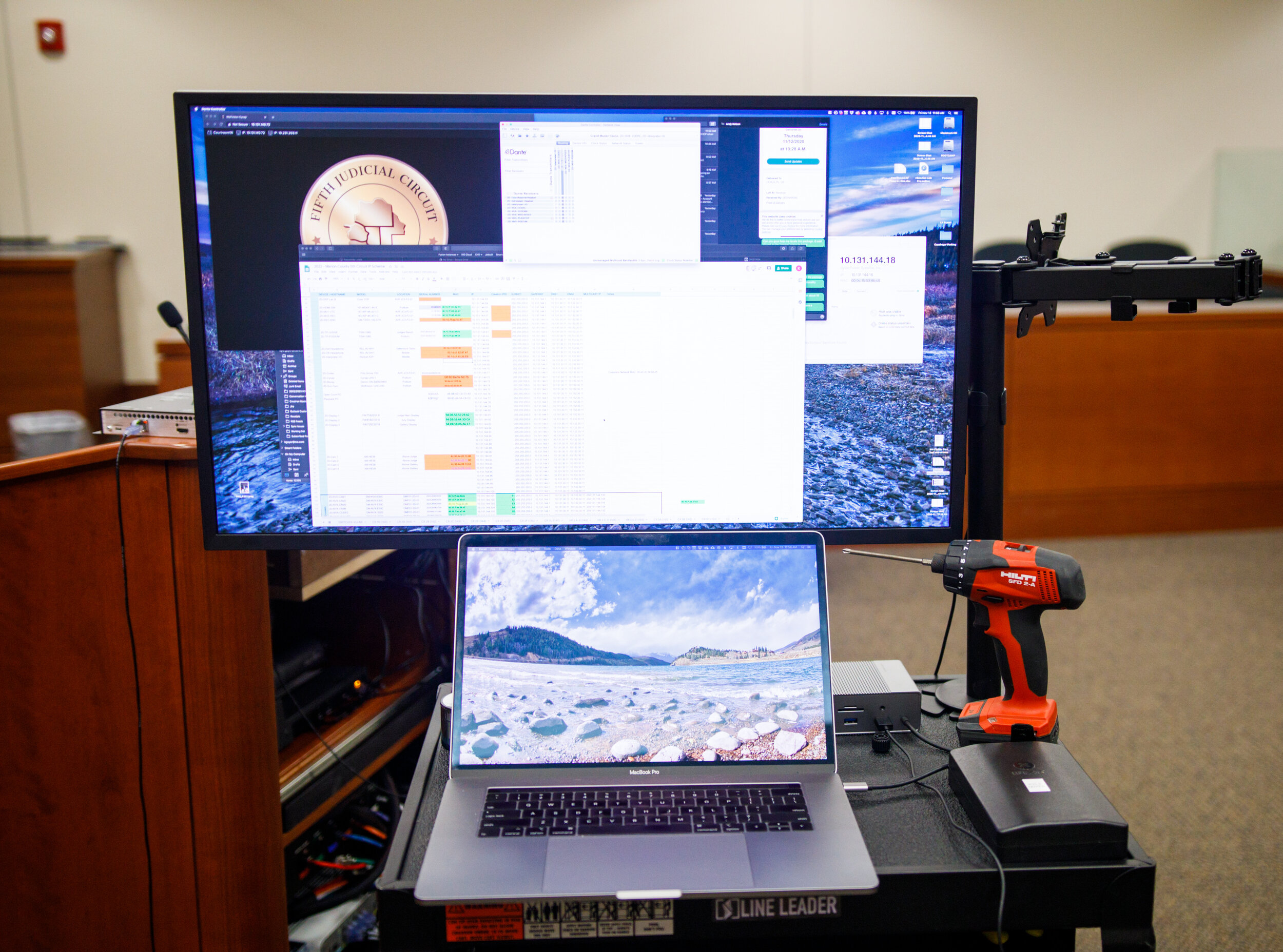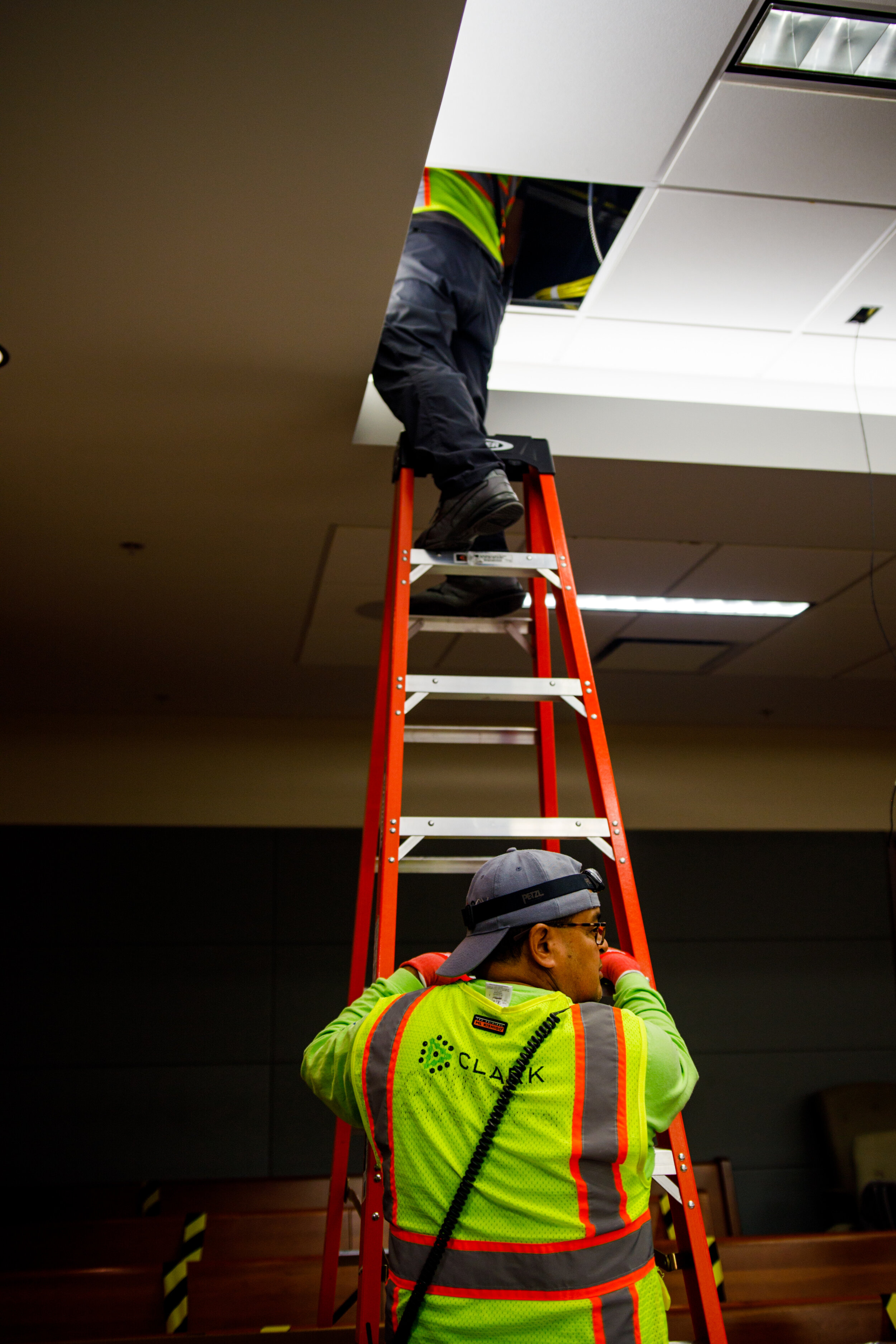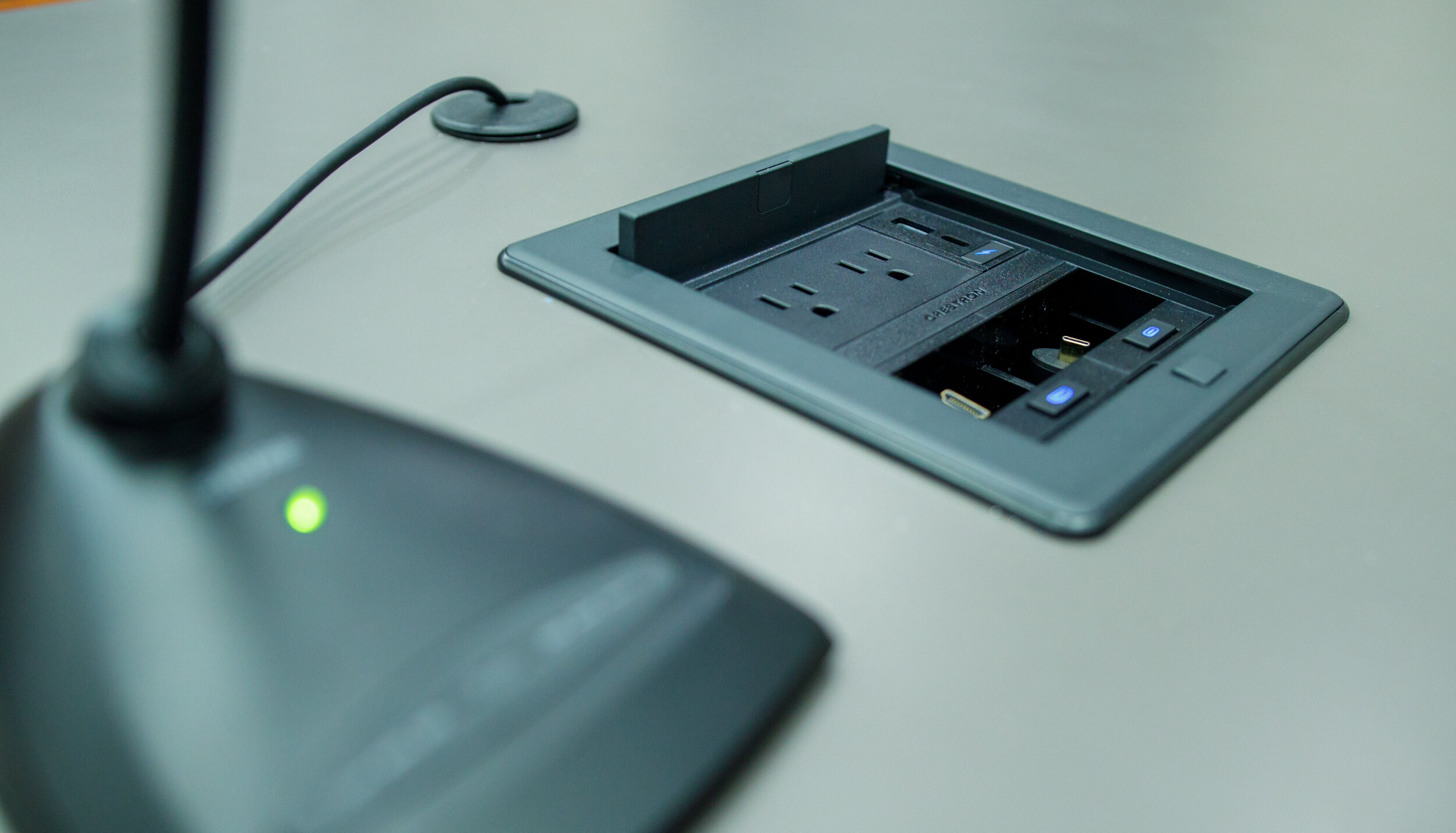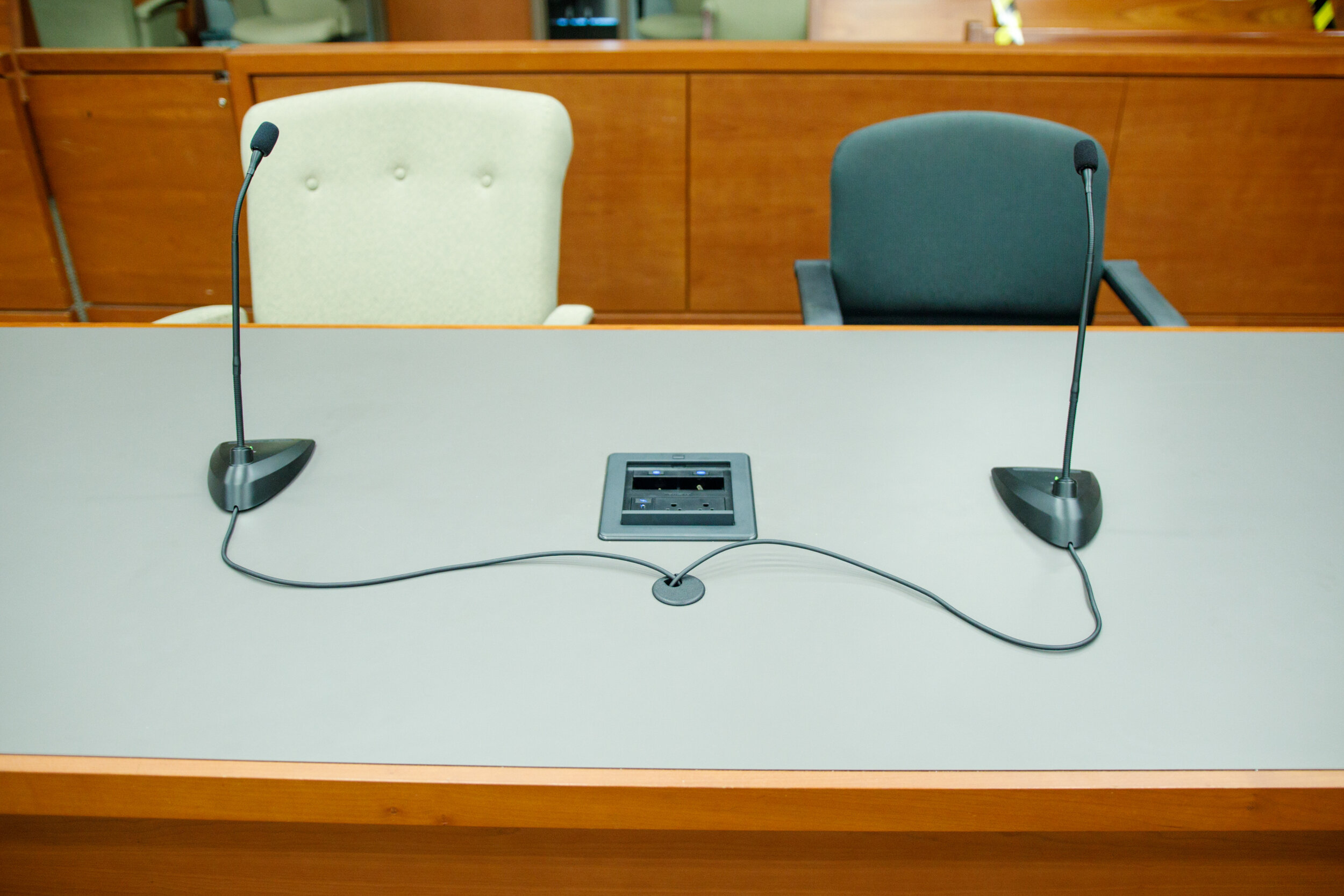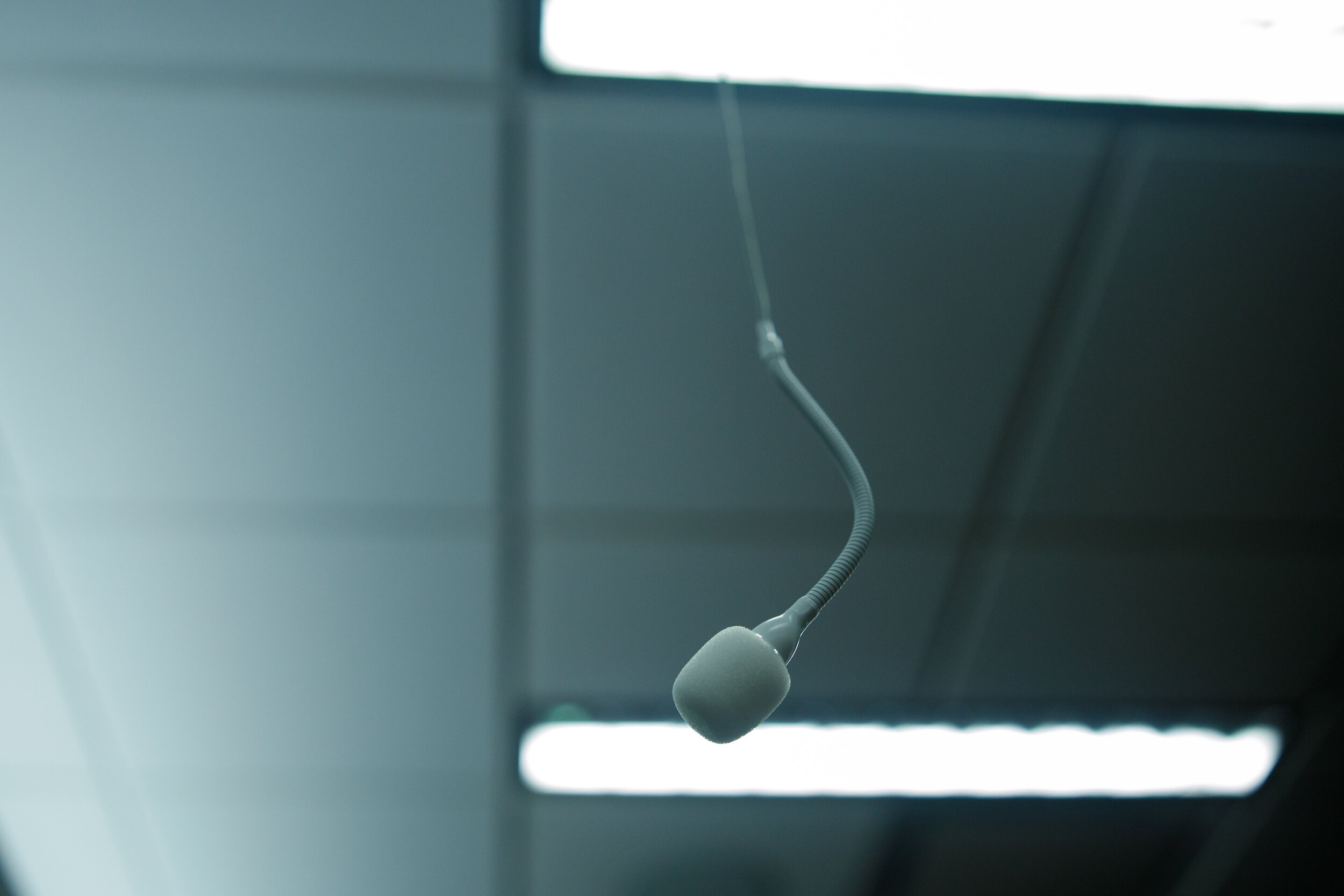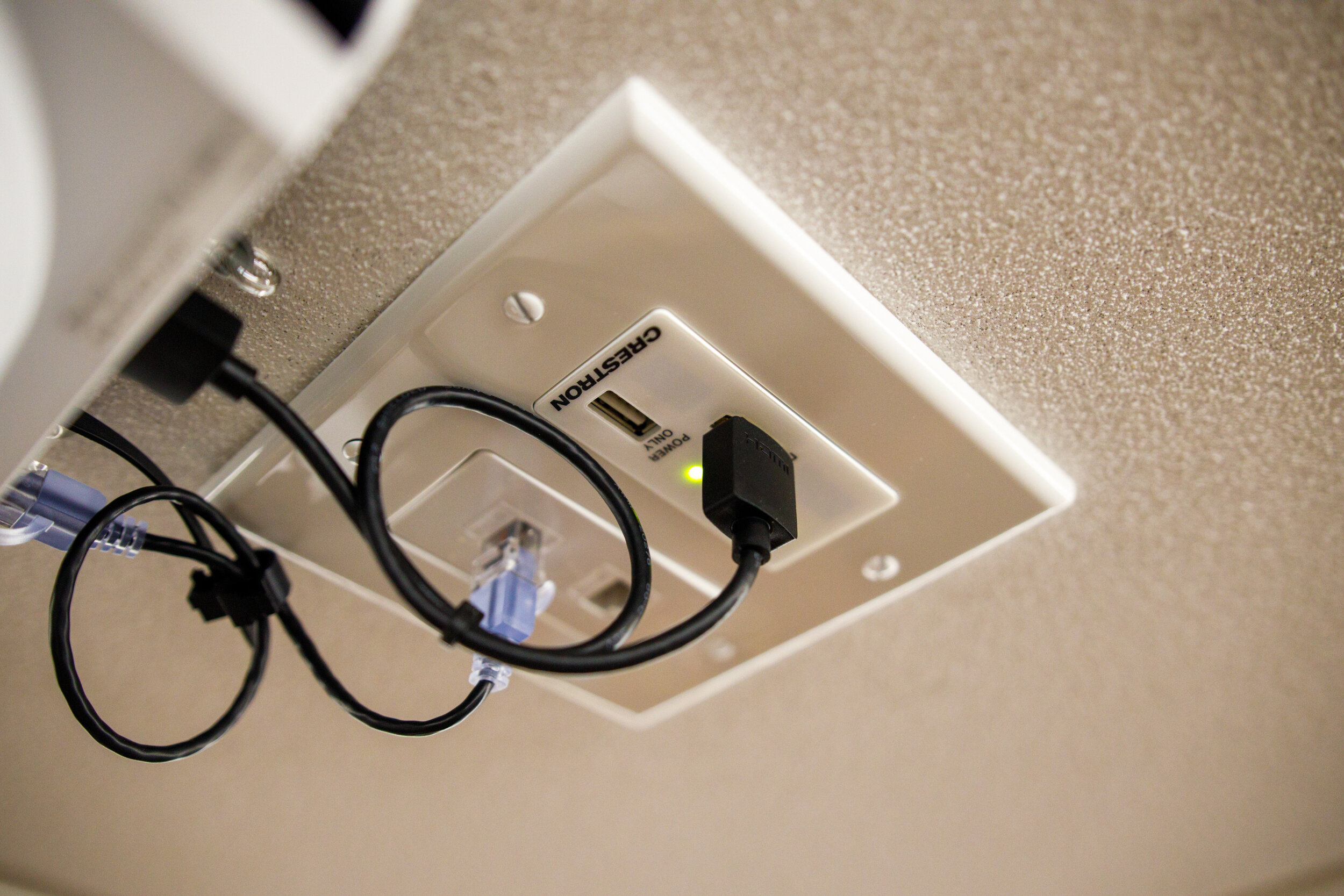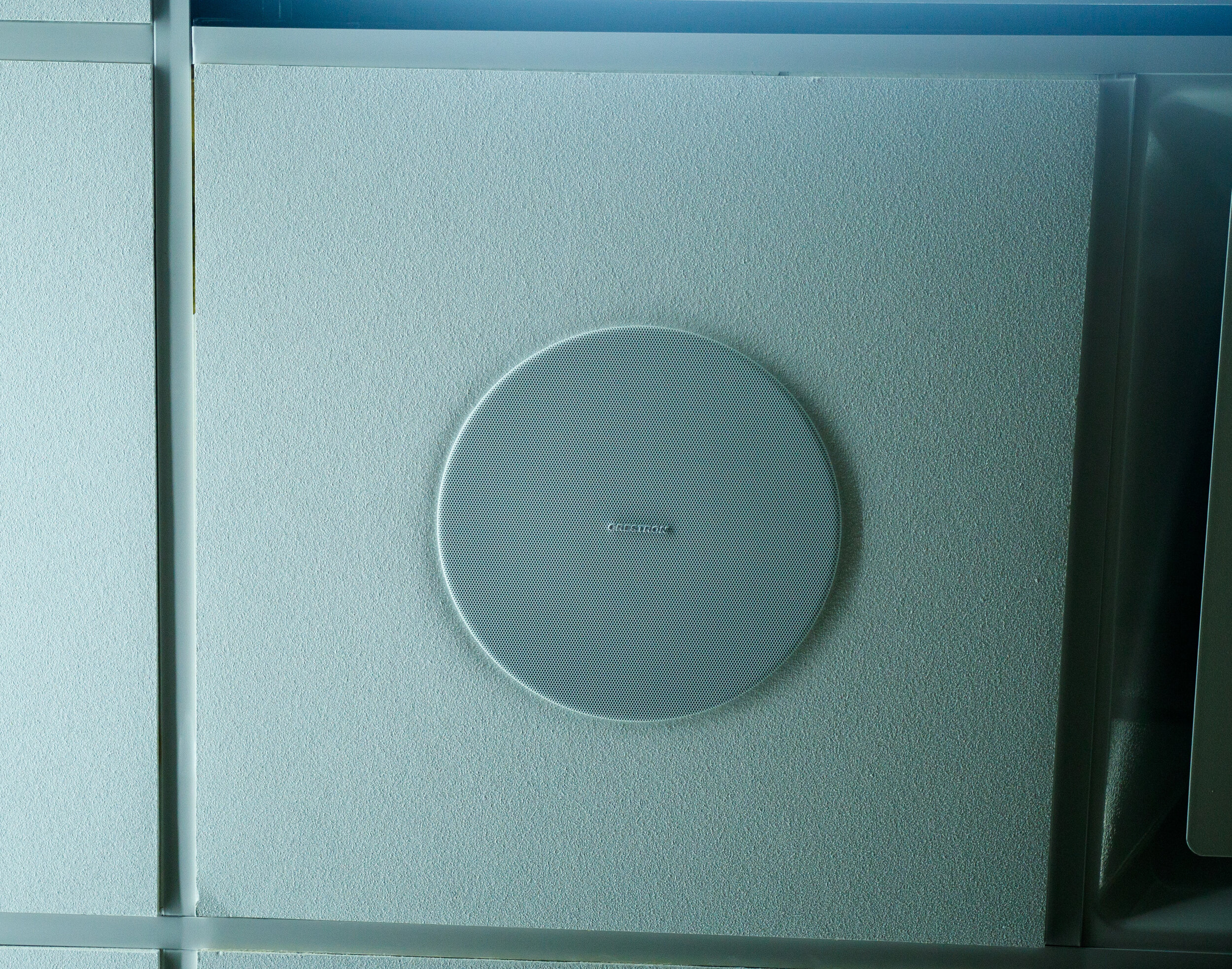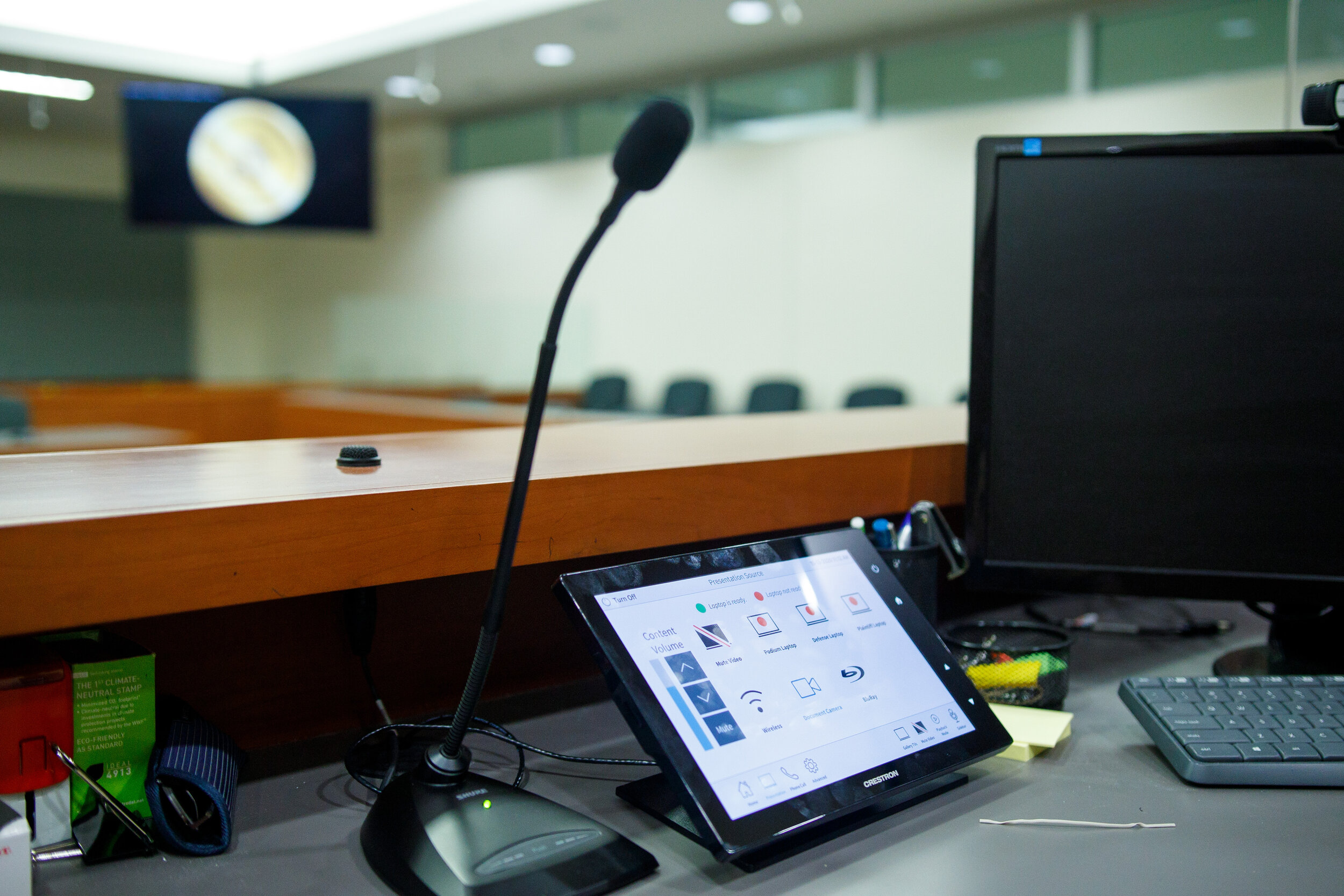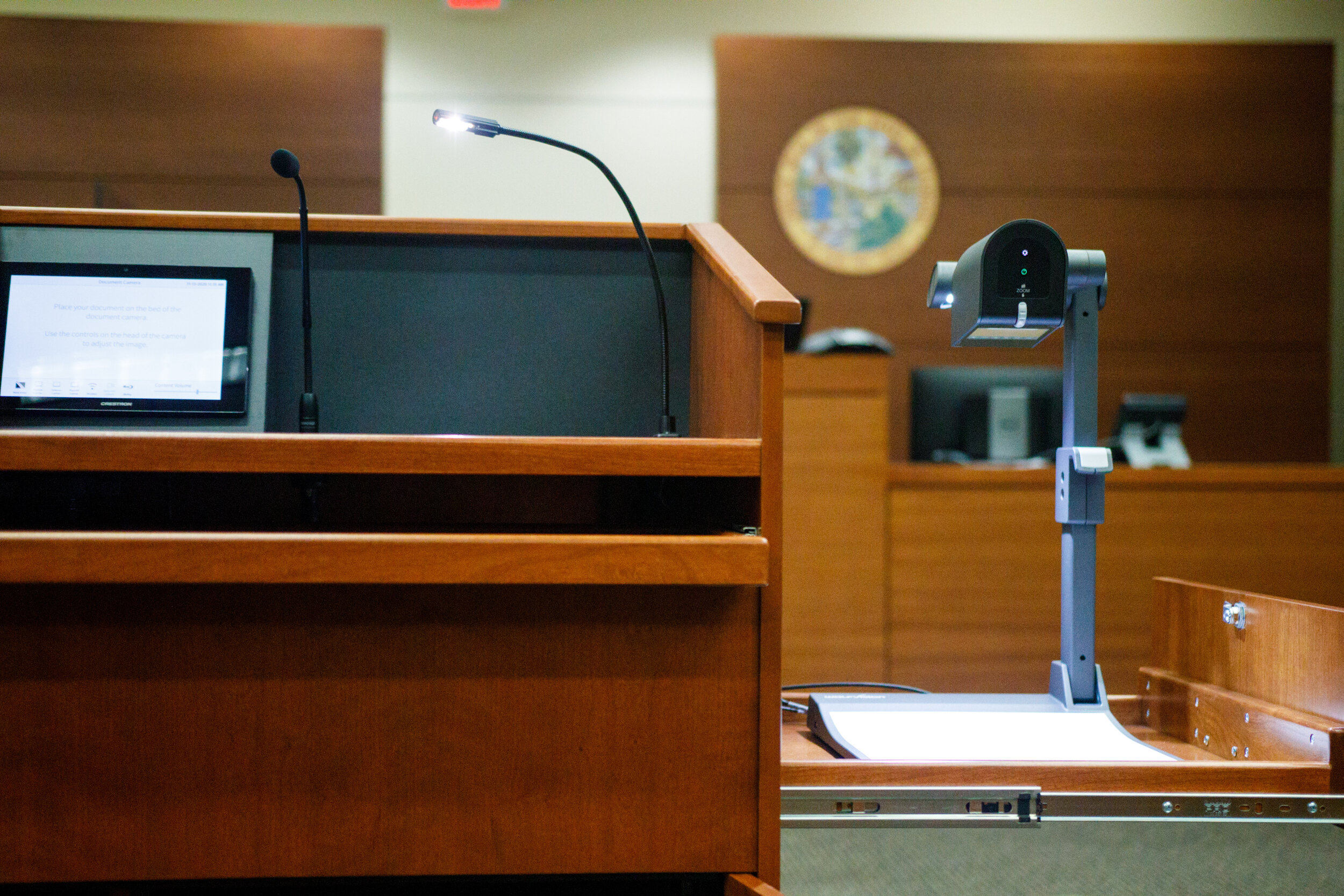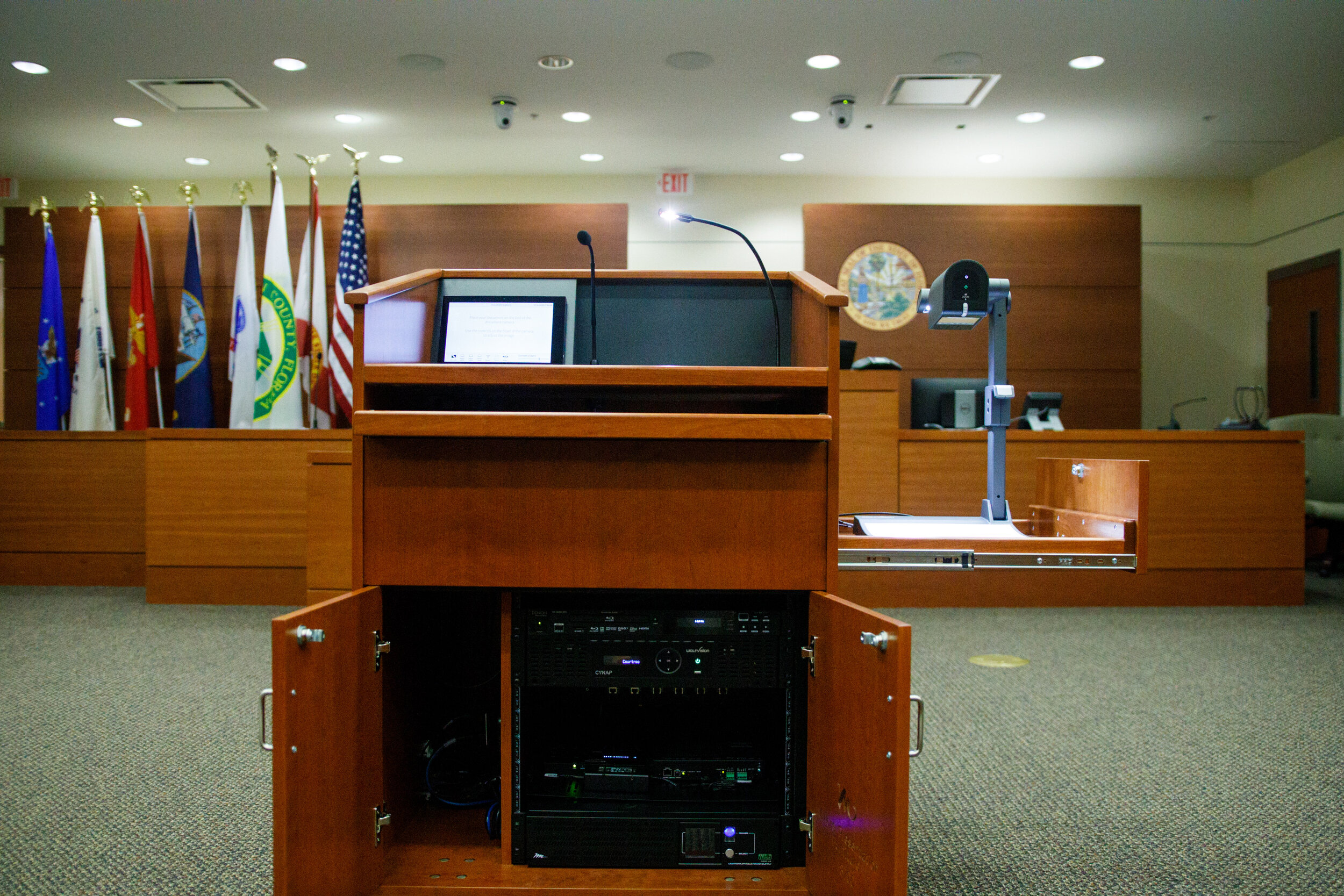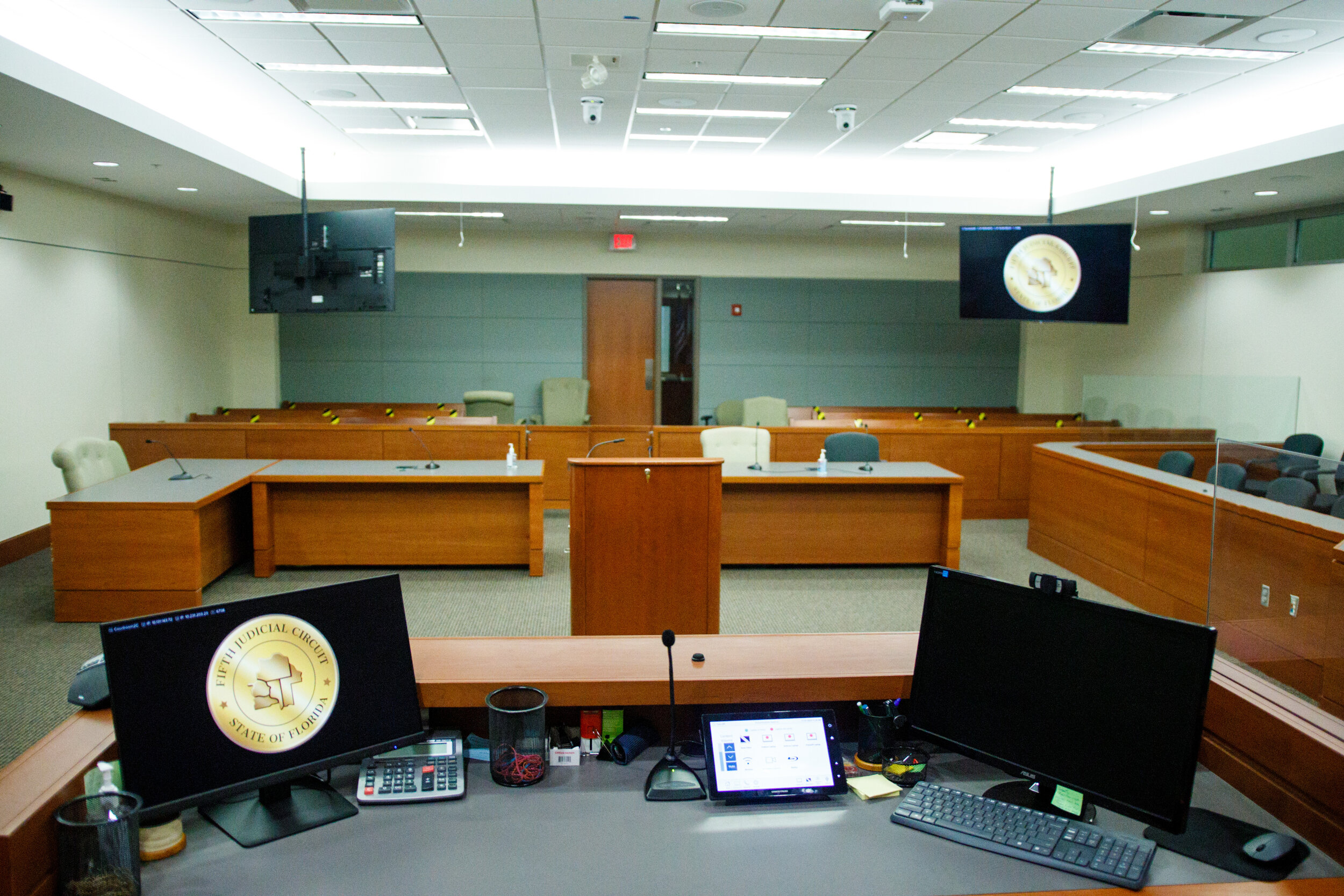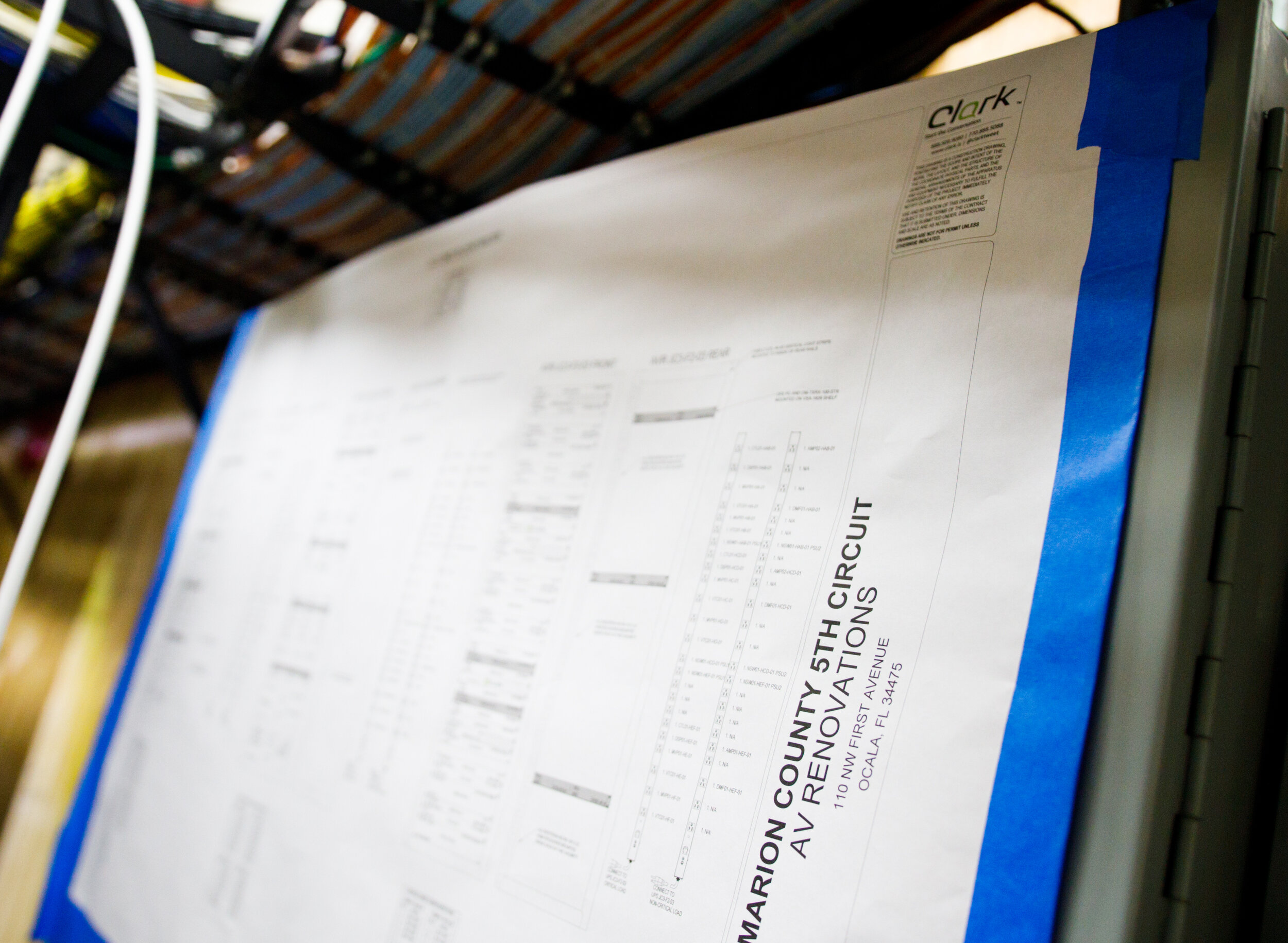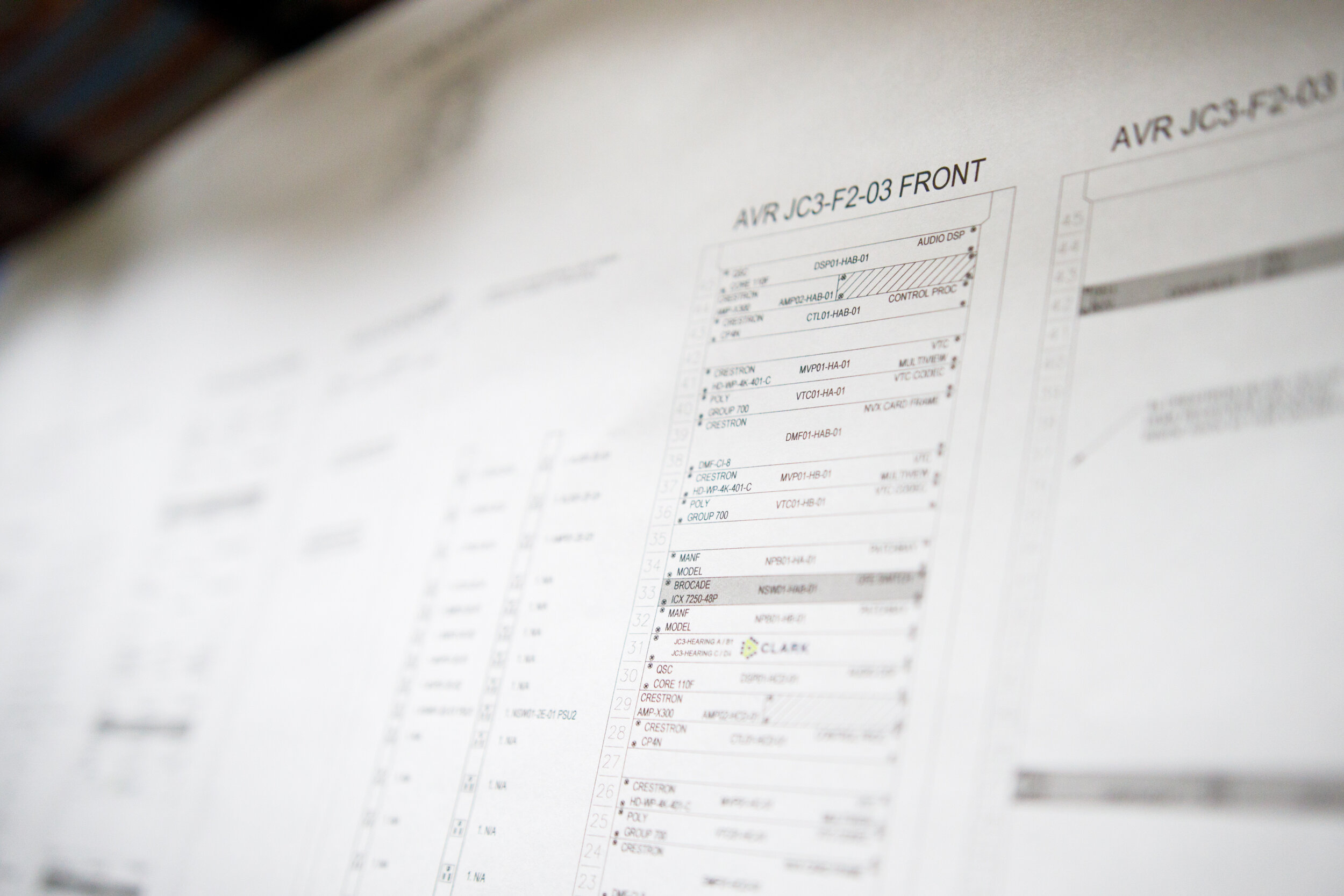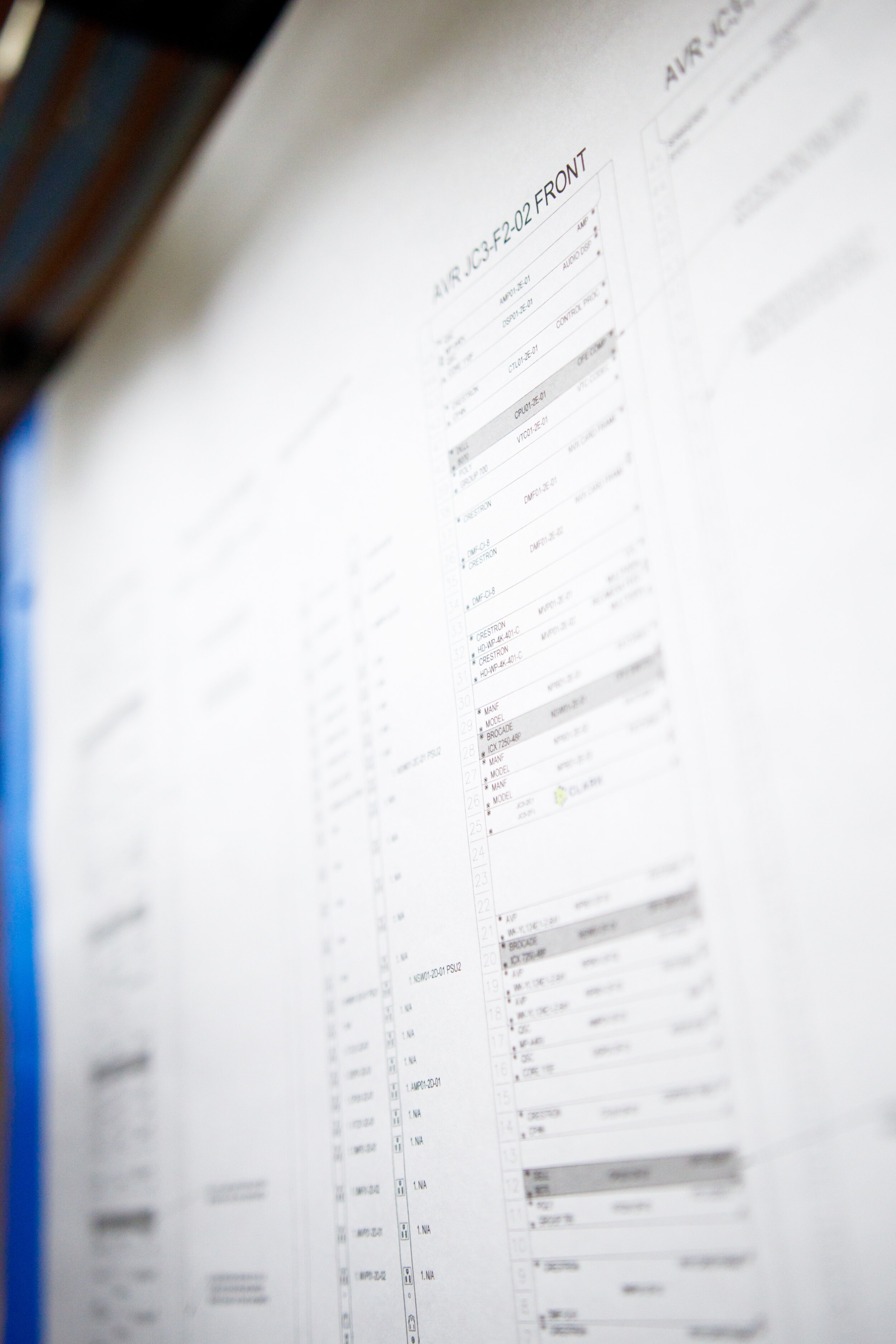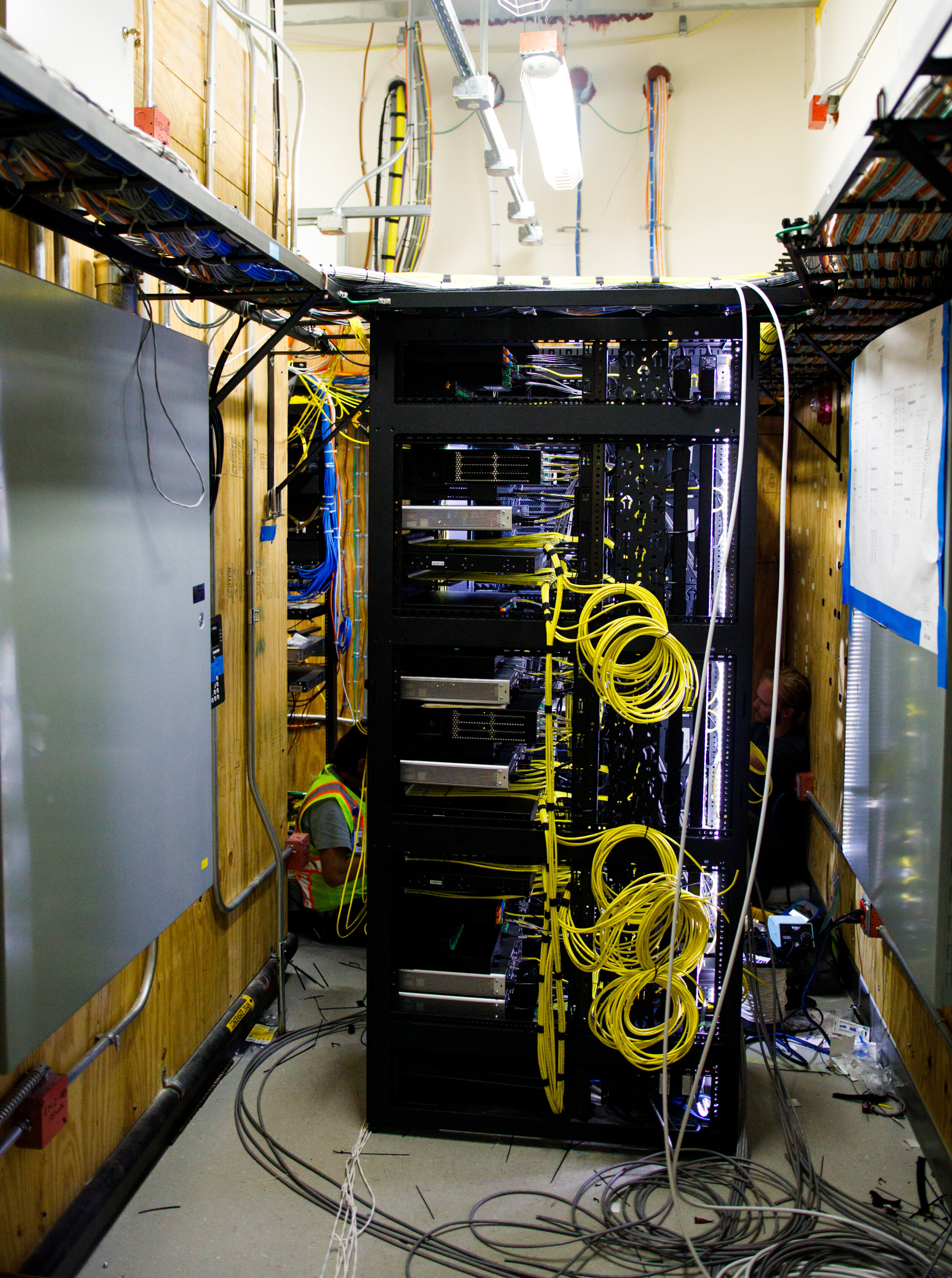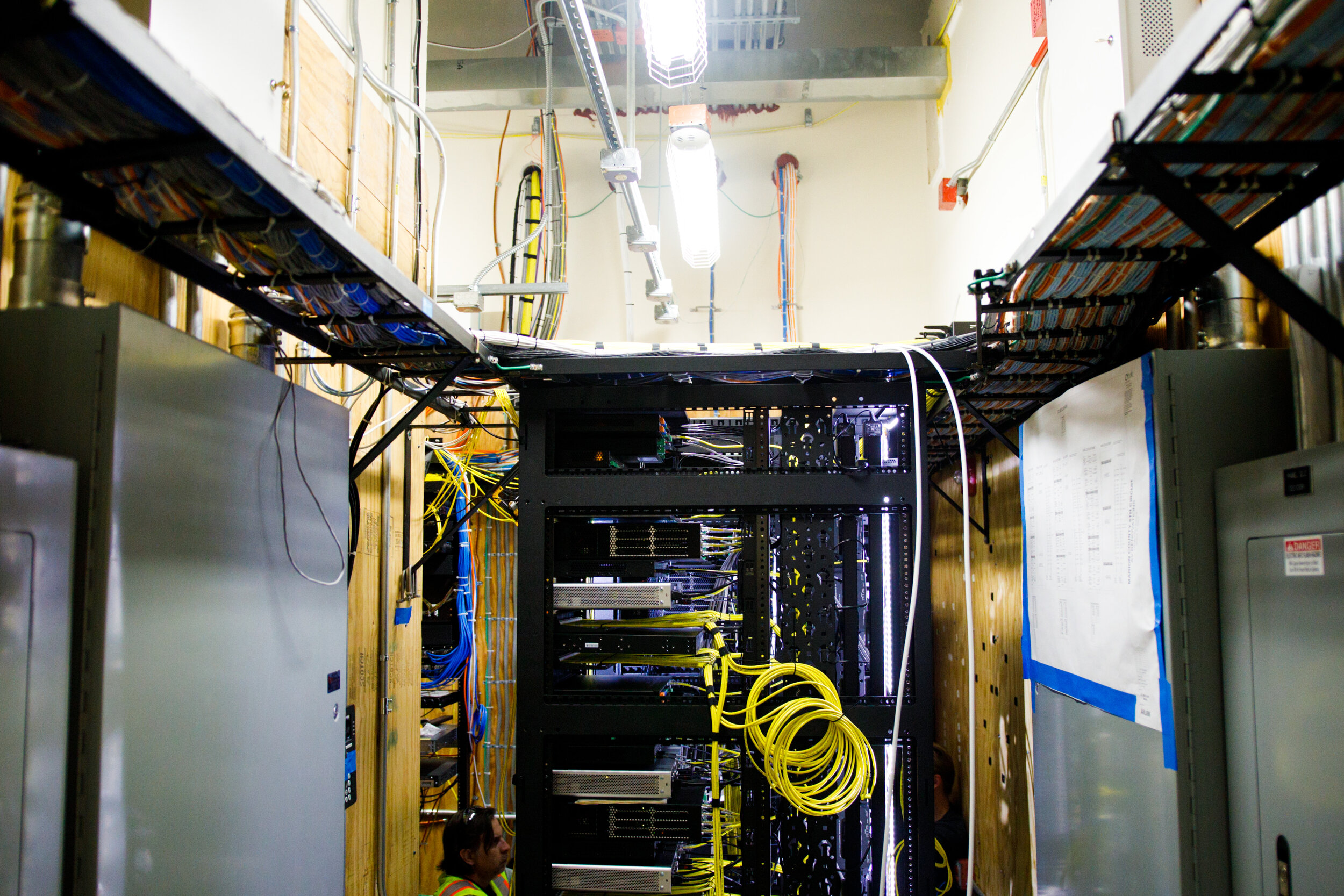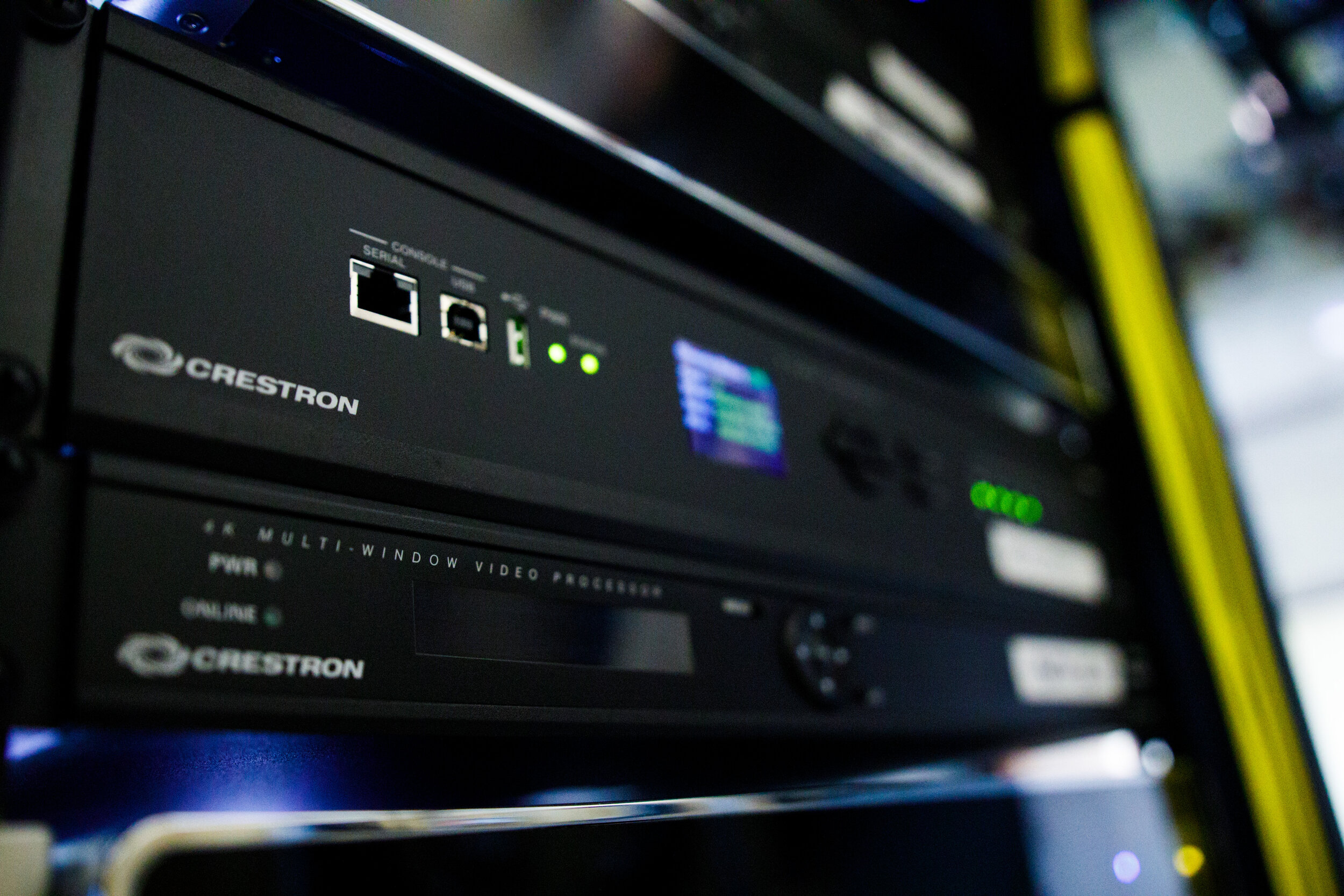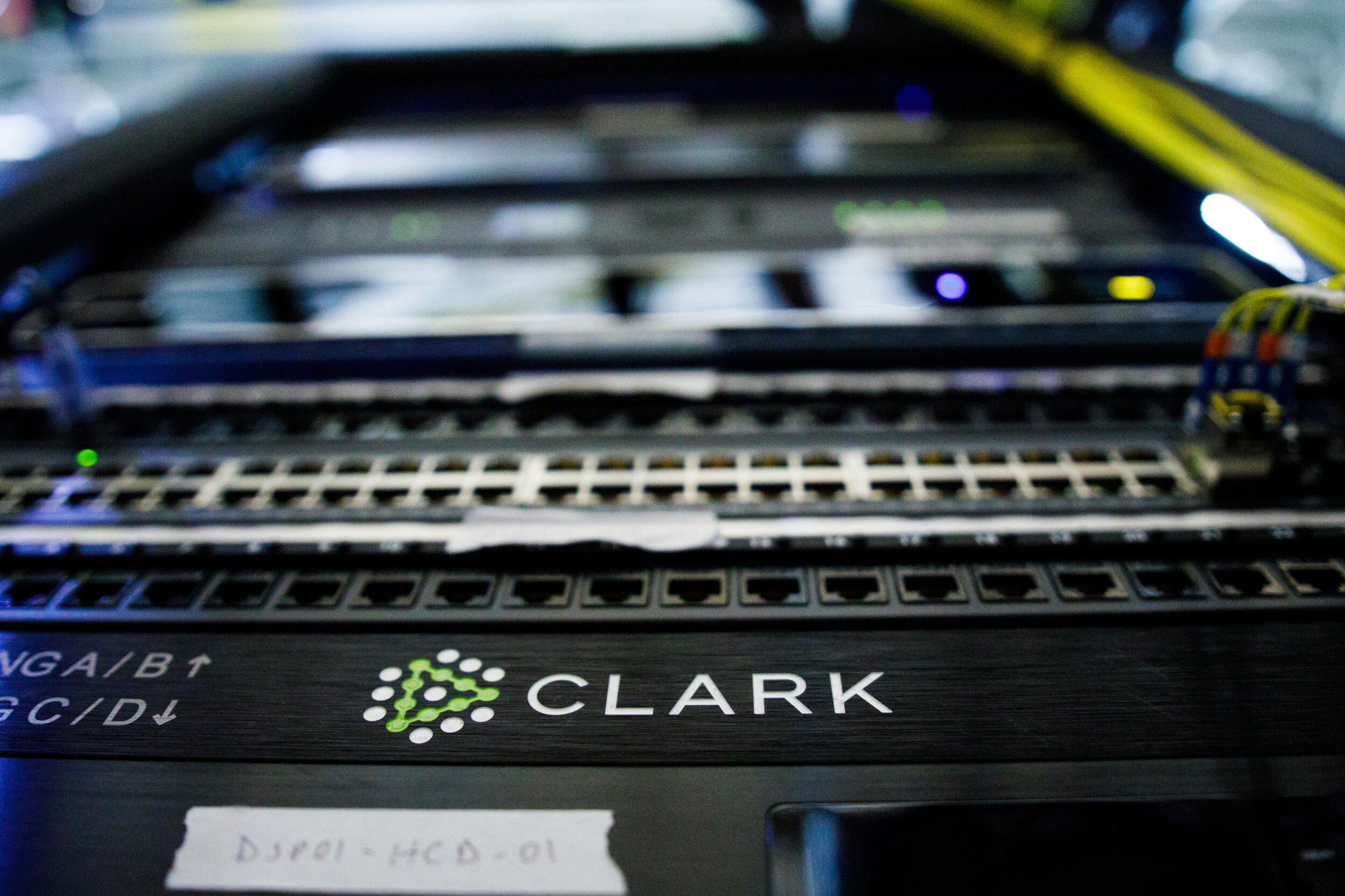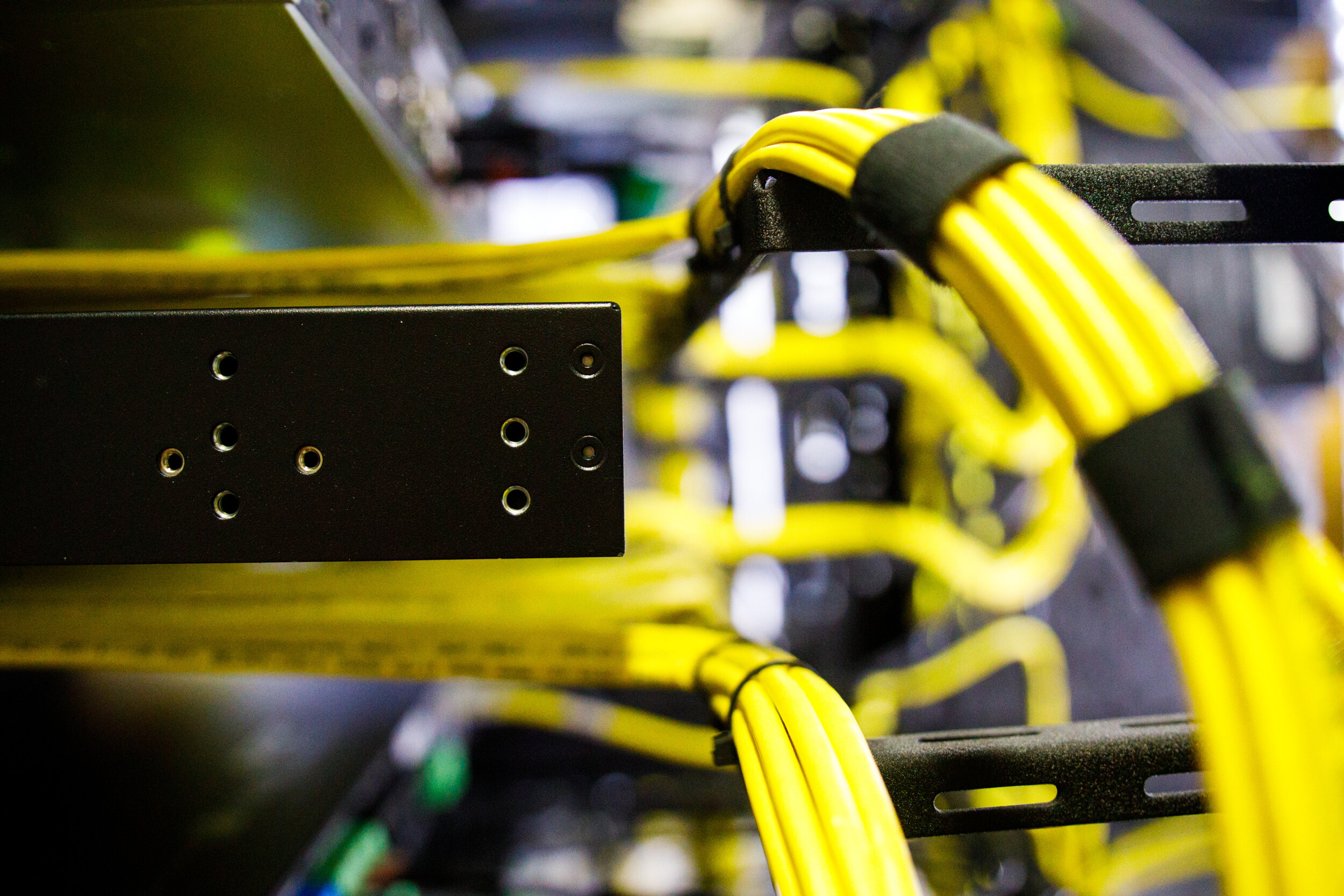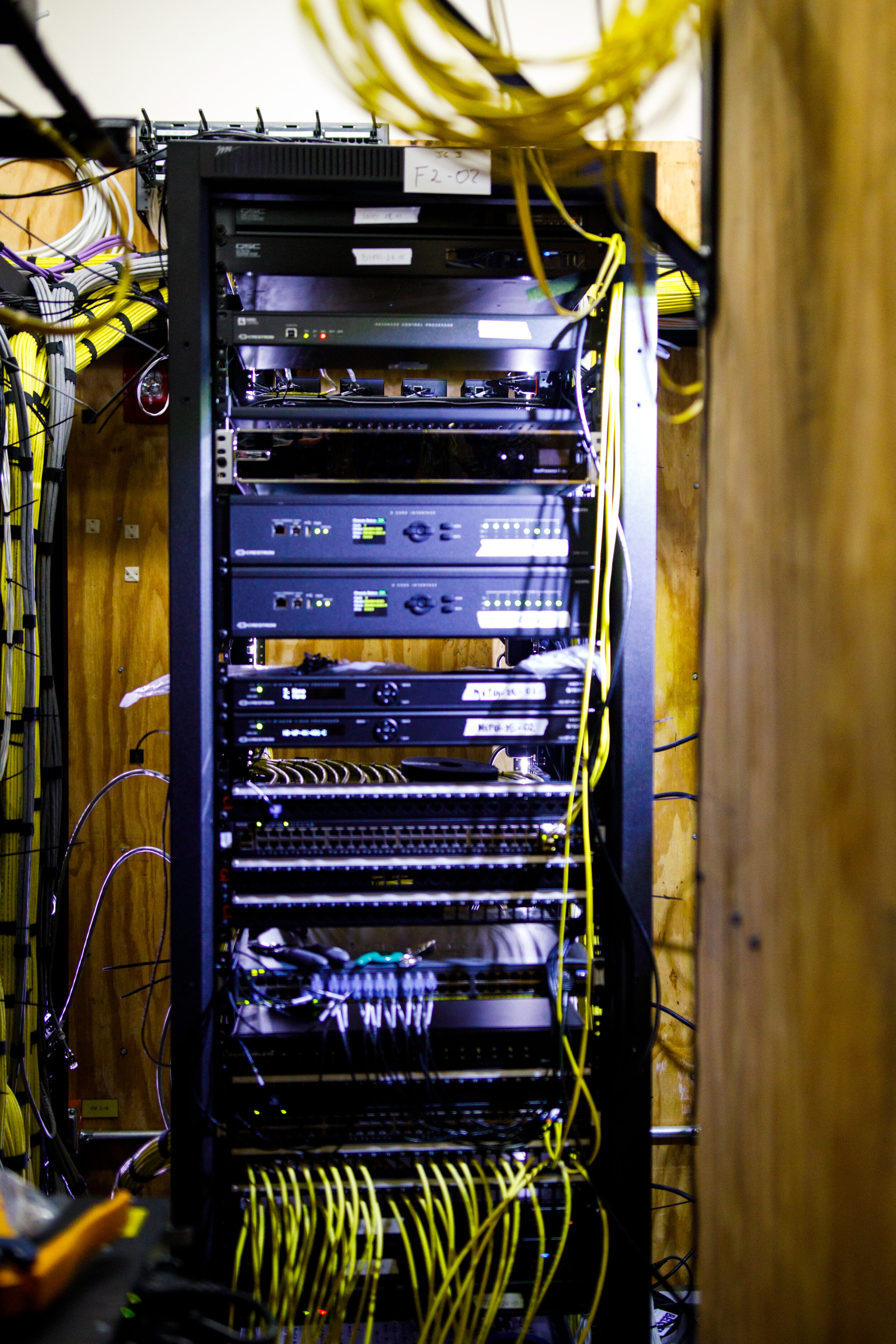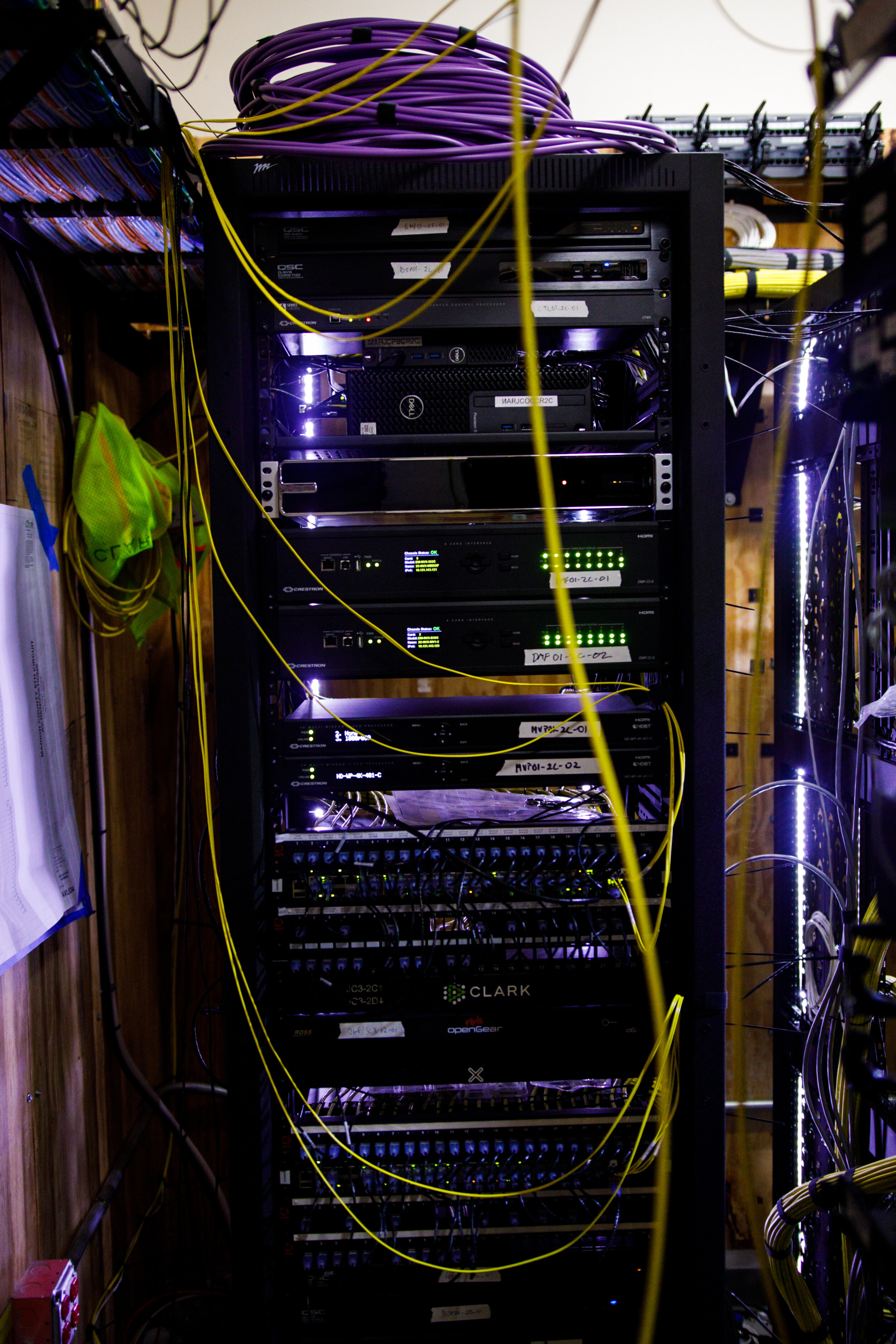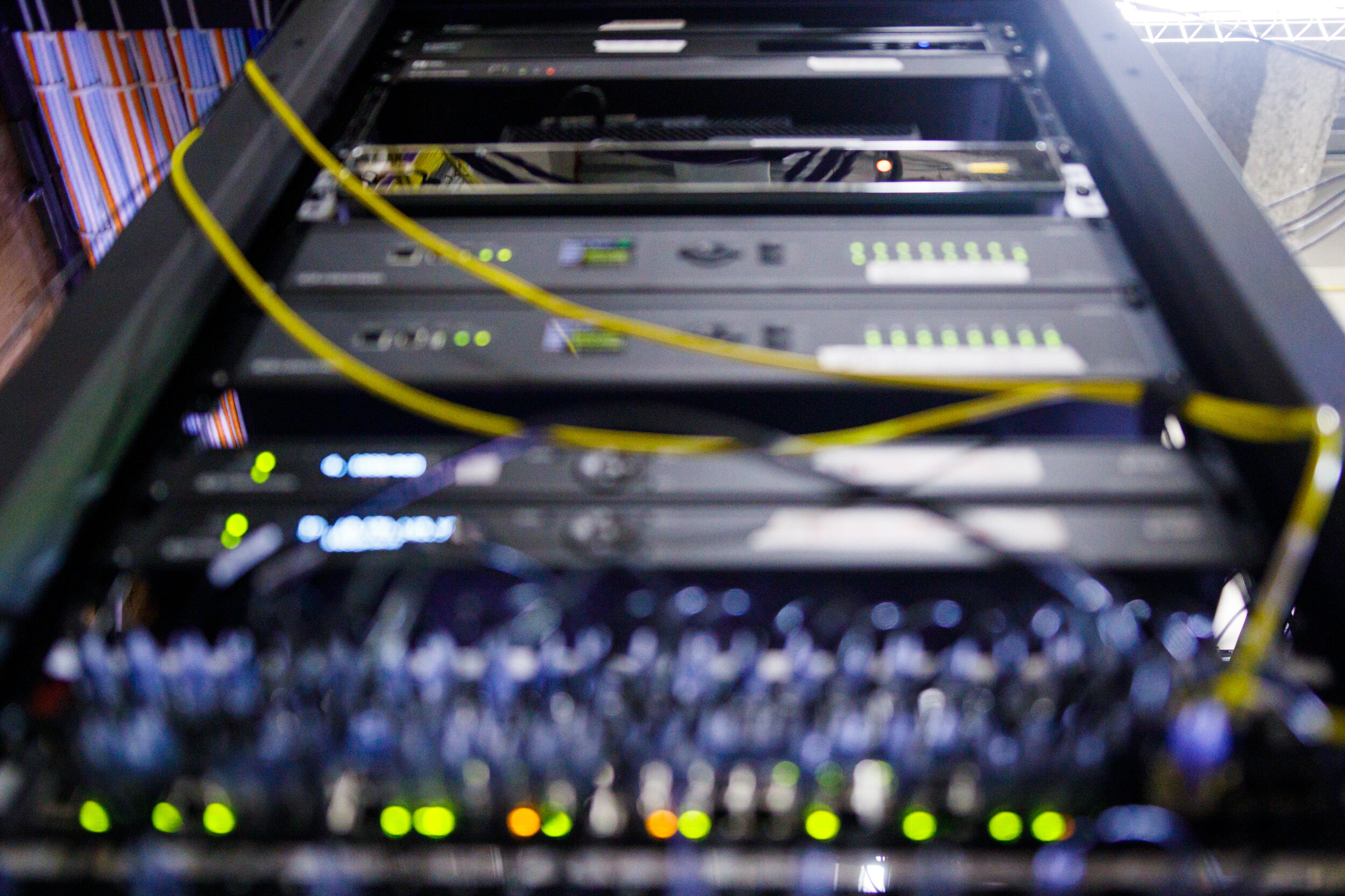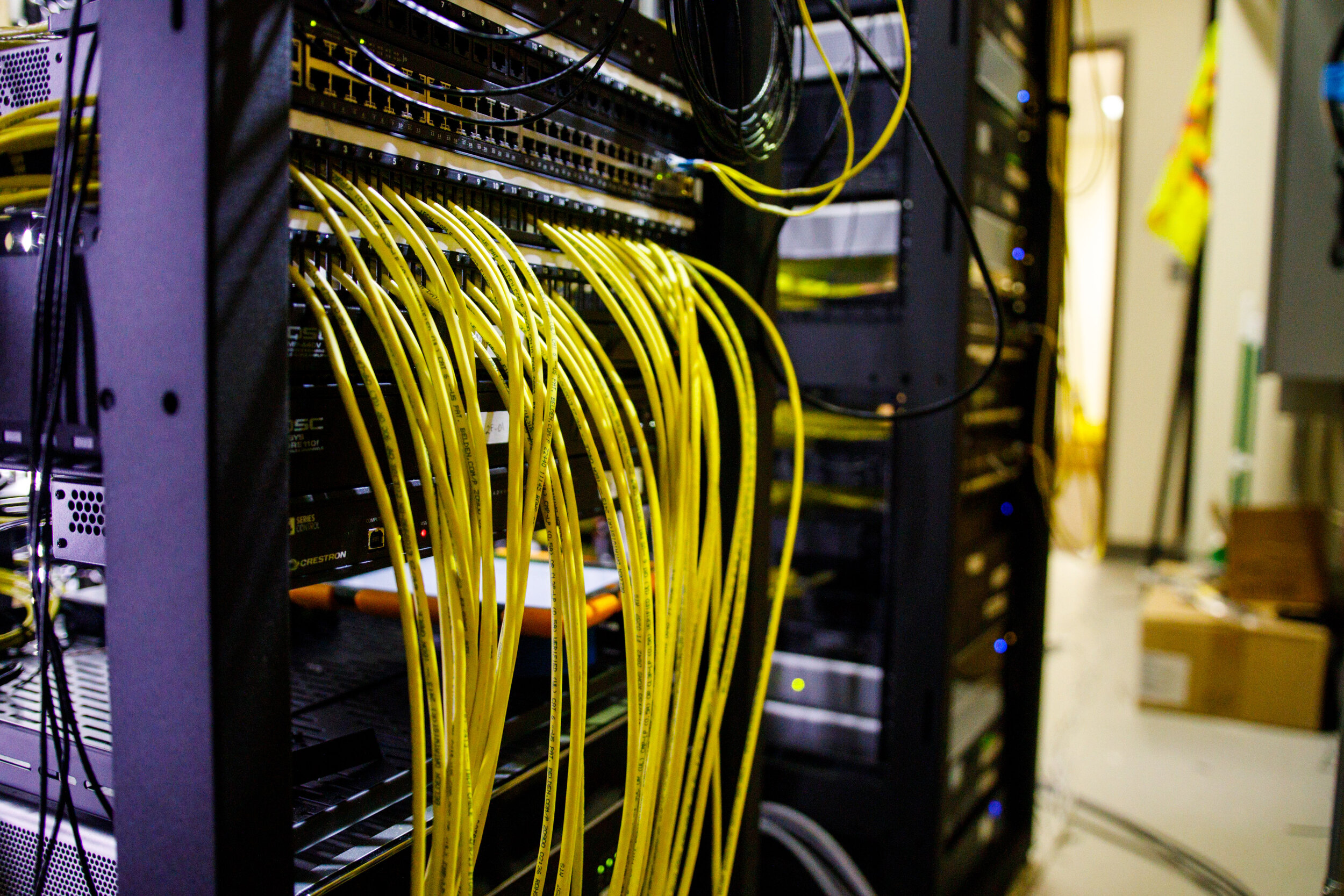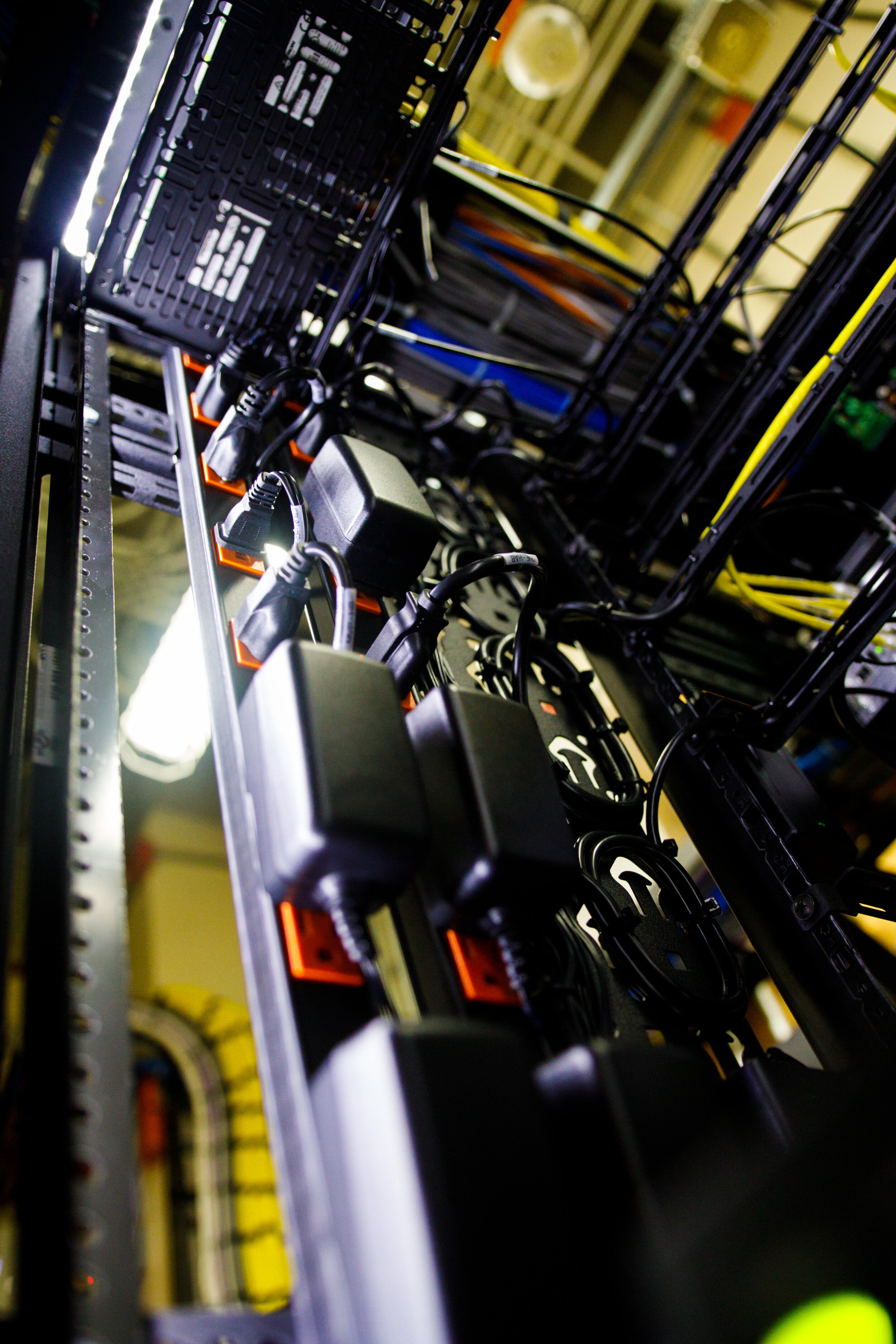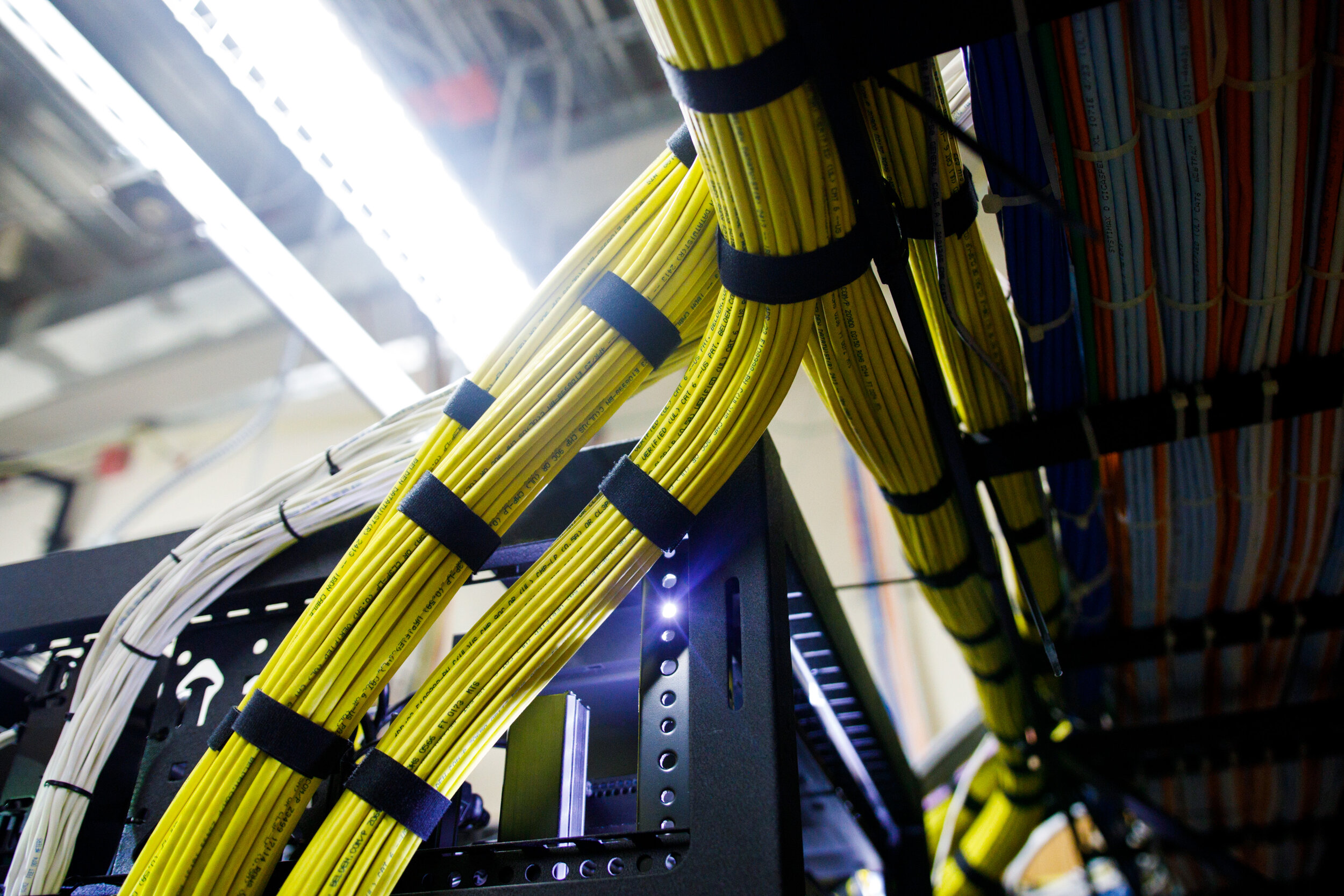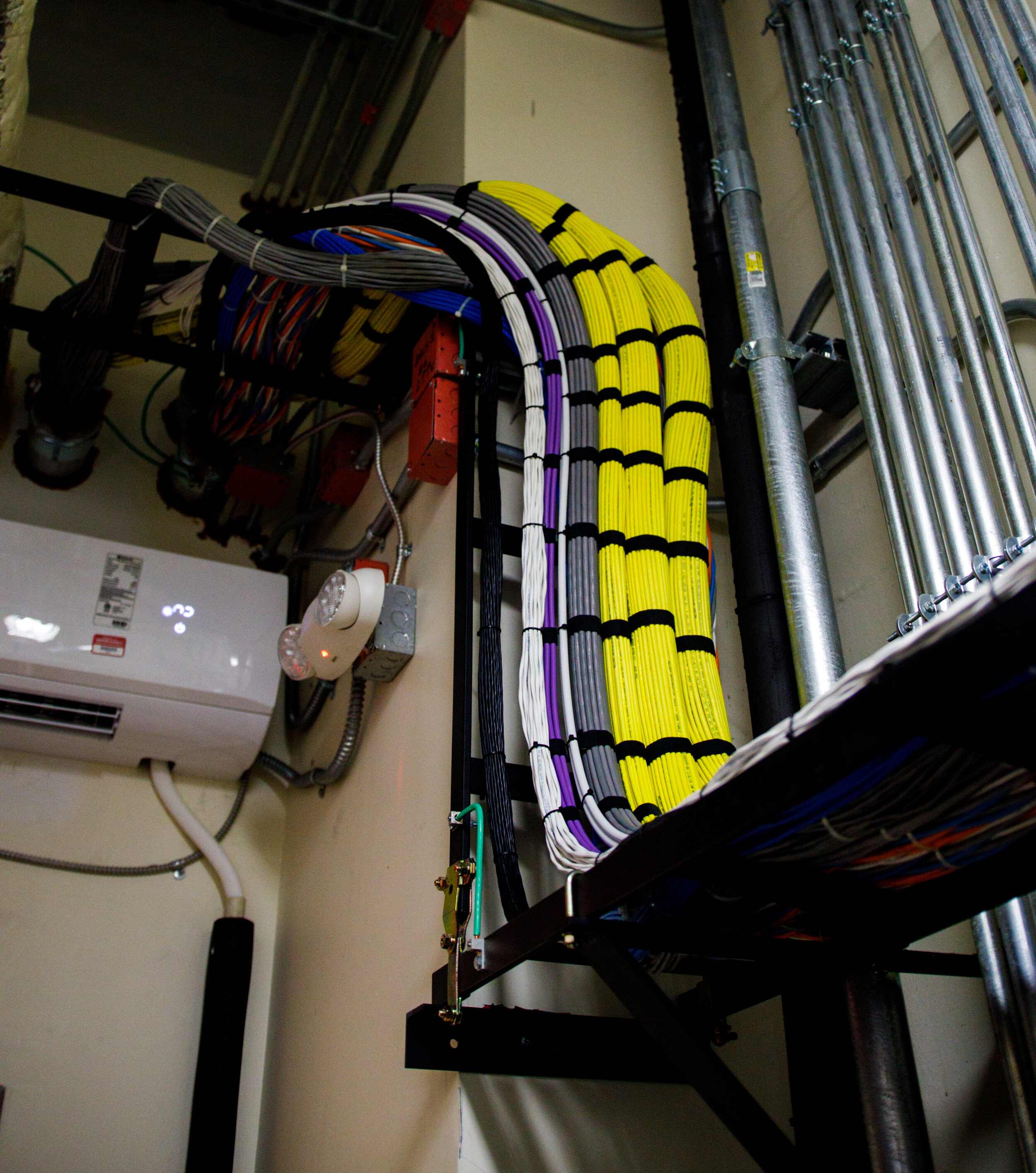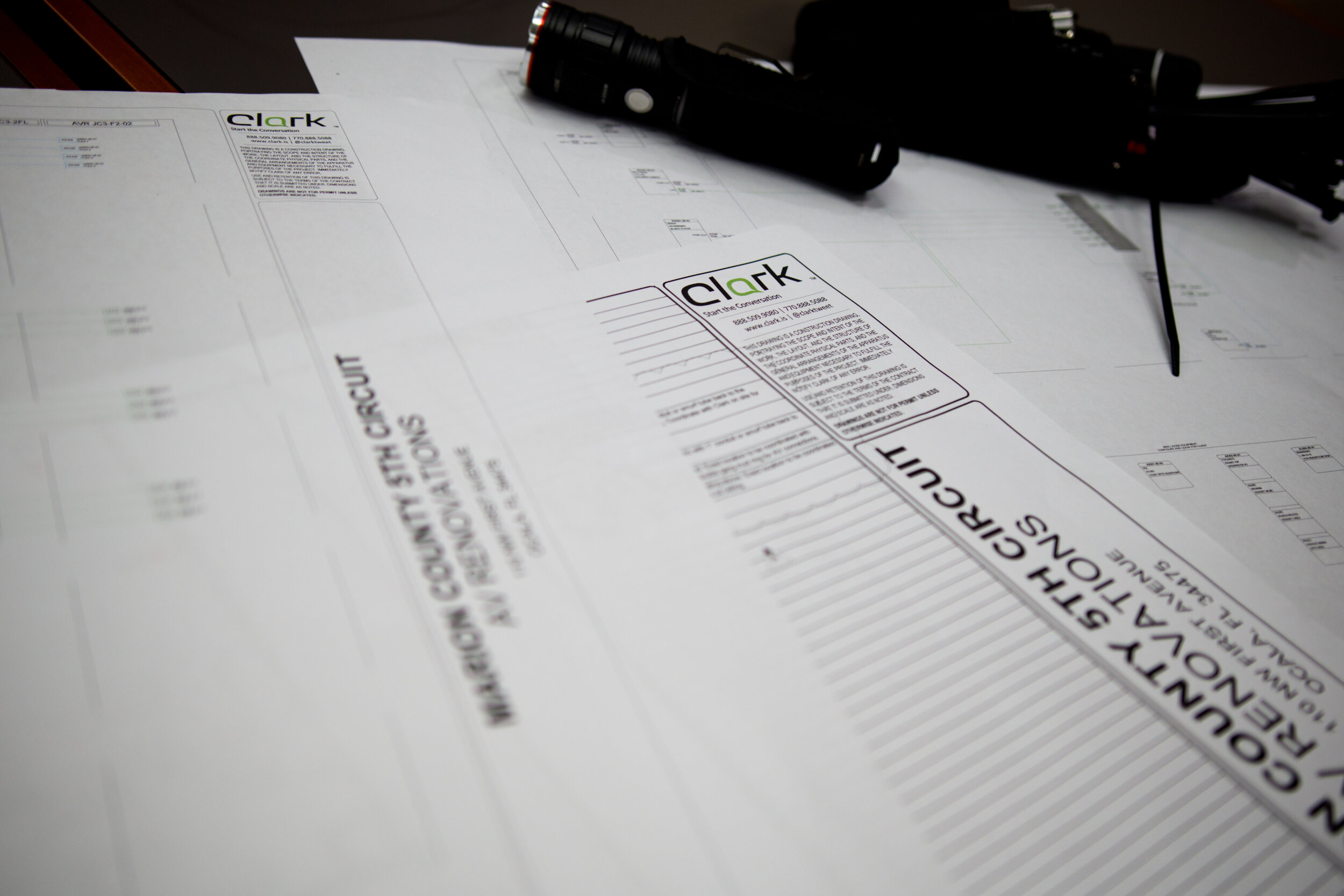Marion County 5th Circuit Court
Video presentation & conferencing systems
Ocala, FL
The Marion County Fifth Circuit Judicial Center
A courthouse complex that’s “designed for today and ready for tomorrow”
Located in the heart of central Florida, the Fifth Judicial Circuit covers a geographical area approaching the size of the entire state of Connecticut. The circuit, comprised of five counties and over 1 million residents, has its main administrative offices and courtrooms in Ocala, where over 130,000 court filings are processed per year. That’s a huge workload in normal times, and 2020 was anything but normal. But the Judicial Center had also been shouldering another burden even before the pandemic compelled it to largely close down last spring: an inefficient and barely effective AV capability that was largely limited to vintage AV carts and components that were wheeled around the complex as needed.
“The existing AV system consisted of older components many of which were no longer manufactured,” recalls Brian Morrison, Business Development for Clark Productions, who was called in to design and integrate an entirely new holistic networked audio and video system that would cover the entire facility, including a 146,520-square-foot extension added in 2010 that brought the facility to a total of 18 courtrooms and six hearing rooms. “There was no comprehensive AV design for a building of that scale.”
Clark devised a cost-effective design that has at its heart a Crestron DM NVX system that interconnects 18 courtrooms and 6 hearing rooms, 24 spaces in all that now have state-of-the-art network-based audio and video technology that work both fully independently and as part of a larger connected system.
Order In The Court
“We’d like to think we gave them back their courthouse,” muses Kyle Goyer, Clark’s Design Engineer/Programmer on the project. “During the pandemic, judges would have to use laptops to conduct hearings and other proceedings. Now, we can have the courtrooms and hearing rooms used in various configurations, with some people physically present and others coming in virtually through videoconferencing, which allows them to make full use of the facility.”
Depending upon its size, each courtroom and hearing room has either three or four video displays mounted, with a combination of 75- and 85-inch Sony displays. There are four Panasonic PTZ cameras in each courtroom, feeding a Crestron multi-viewer that allows participants to see everyone involved in a hearing — judge’s riser, two attorney tables, and the witness stand — simultaneously on a single screen. Participants are heard through an array of Shure table and gooseneck microphones, as well as the Shure 910 ceiling-mounted microphone arrays, with audio processed through individual QSC Q-SYS Cores in each room and listened to through Crestron ceiling-mounted speakers.
“Each room is essentially its own AV island, with its own audio and video processing, systems, and network switches,” explains Kyle Goyer, Lead Crestron System Designer with Clark. “Each room is an autonomous node on a building-wide LAN, and through the Crestron NVX platform data and content can be easily moved between rooms. But as importantly, every courtroom is an exact duplicate of the others, meaning that any judge can use any courtroom and immediately feel at home in it, knowing where all the AV features are.”
While there is no master control room, there is a central control rack that houses a global NVX platform, enabling the movement of audio and video data between rooms, and that can connect multiple rooms together in the event more space is needed for overflow. Similarly, media feeds from all of the courtrooms can be accessed at a pedestal with XLR audio and SDI video connections in the building’s parking lot and linked by fiber to the NVX hub, allowing news media to hook into the building when breaking news takes place there.
Never Missed A Moment
Accomplishing this during the pandemic was a serious undertaking. The court’s business had to continue with minimal interruption and a certain number of rooms had to always be available for use. Goyer says that the logistical template they developed called for work on five rooms a week, coordinating with the court’s dockets scheduler to choose available rooms that were not only adjacent to each other, to create workflow and materials efficiencies, but also chosen for vertical and horizontal proximity. “Part of the systems included installing floor pockets, so we needed to be able to access rooms from below as well as next door,” he explains. “We weren’t able to block out all of the rooms at once as we would have had this building been new construction. So being able to collaborate with the general contractor and electricians was of paramount importance. Fortunately, that’s something we do all the time.”
“This was a sprint,” he continues. “We were on site for a total of 12 weeks, so we were building the racks at our shop ahead of each batch of rooms, moving them into place as we worked, while our shop technicians readied the next round of racks for the next batch of rooms — 11 racks in a dozen weeks — with all the racks and other materials delivered on a just-in-time basis. It was an all-hands-on-deck workflow.”
Related to that, Clark’s shop technicians designed and loaded the racks carefully so as to have the electronics for two rooms contained in a single rack in most cases, thus saving critical space. “We were able to put four courtrooms into two racks, something that under most circumstances would have required three or four racks,” he says.
This careful planning was applied down to a very granular level; for instance, the same components that were part of each rack, such as the Q-SYS Cores and even specific wires, were always placed in the same locations, in every rack on every floor. This not only increased the efficiency with which the racks were assembled but also will make future maintenance much easier and more reliable. “For instance, wire number 304 will always be the cable connecting the judge’s monitor in every courtroom,” says Goyer. “The labeling scheme is the same in every room. The maintenance technicians won’t even have to refer to the drawings anymore.”
Finally, Clark took on the training aspect of the project. A “deep-dive” day gave the courthouse’s IT and AV staff a detailed look at the new AV systems and their operation, and training was provided for the bailiffs, judges, and others who would be using and relying upon the new systems day today. “This is a sophisticated networked AV system, and it’s designed to allow the courthouse’s IT people to log in remotely to assist with its operation, perform routine maintenance, or do troubleshooting,” says Goyer. “But it’s also designed to be very simple and intuitive to use. Everything the judge needs is on the touchpanel on their desk. You do not need to be an IT engineer to take full advantage of all of its features.”
Clark’s designers also built-in pathways on the Crestron NVX platform for future systems updates and expansions. “There is no limit on the amount of I/O the system can handle, and any changes necessary in the future can be easily accommodated,” says Morrison. “The new AV system is designed for today and ready for tomorrow.”

